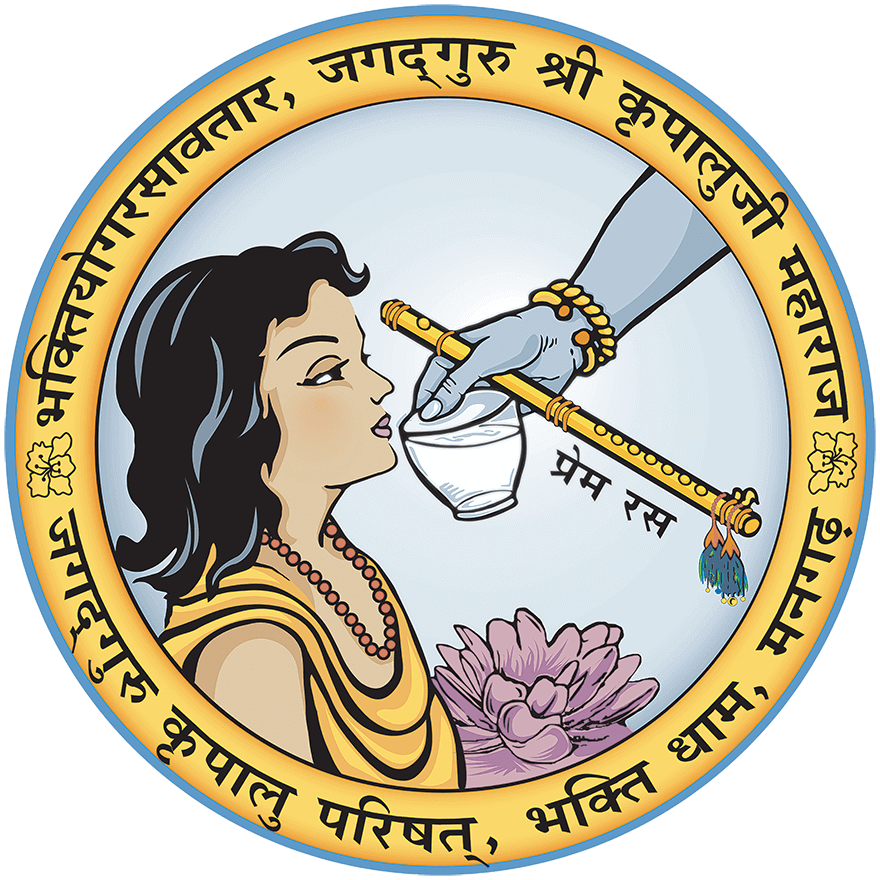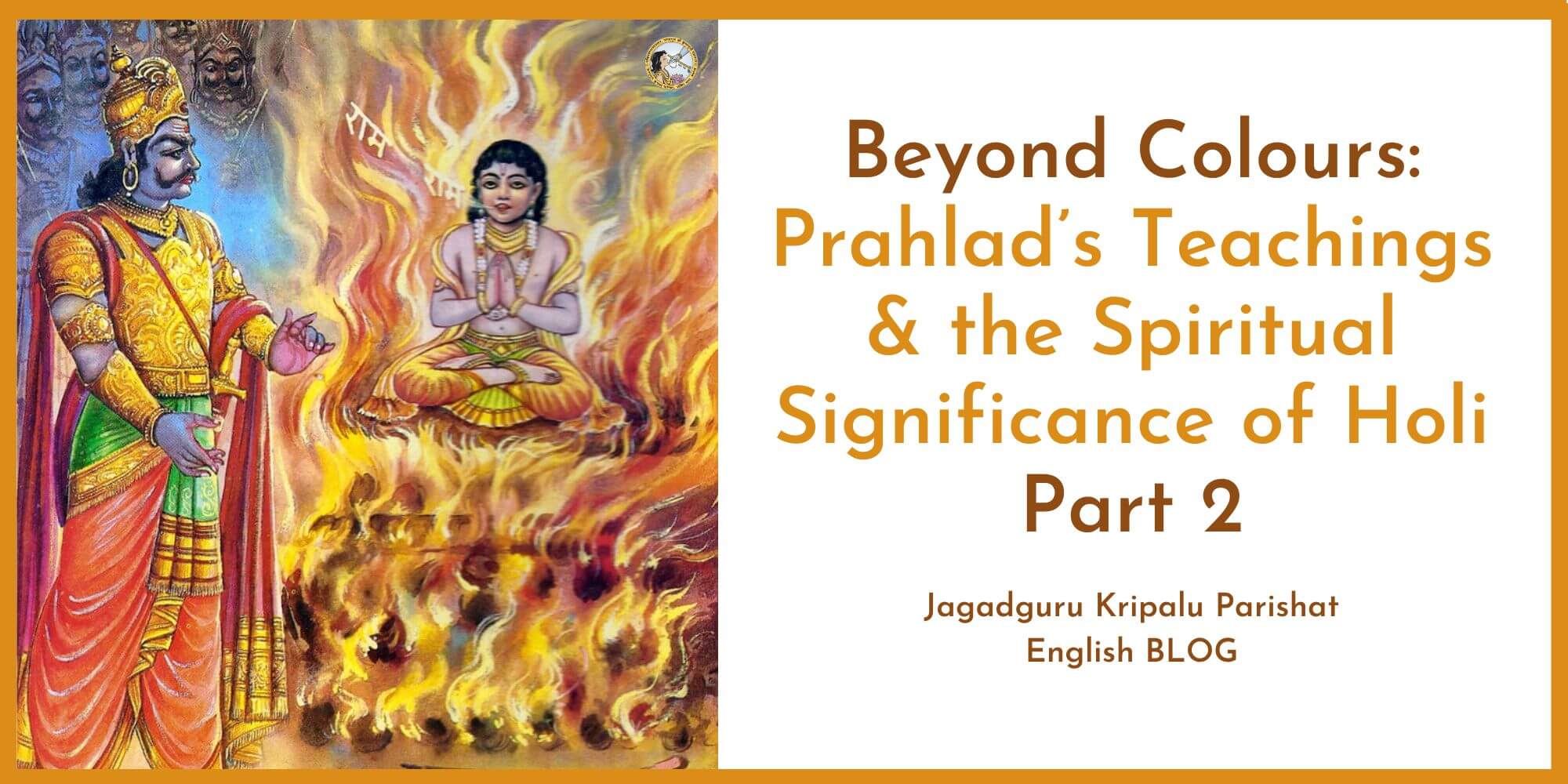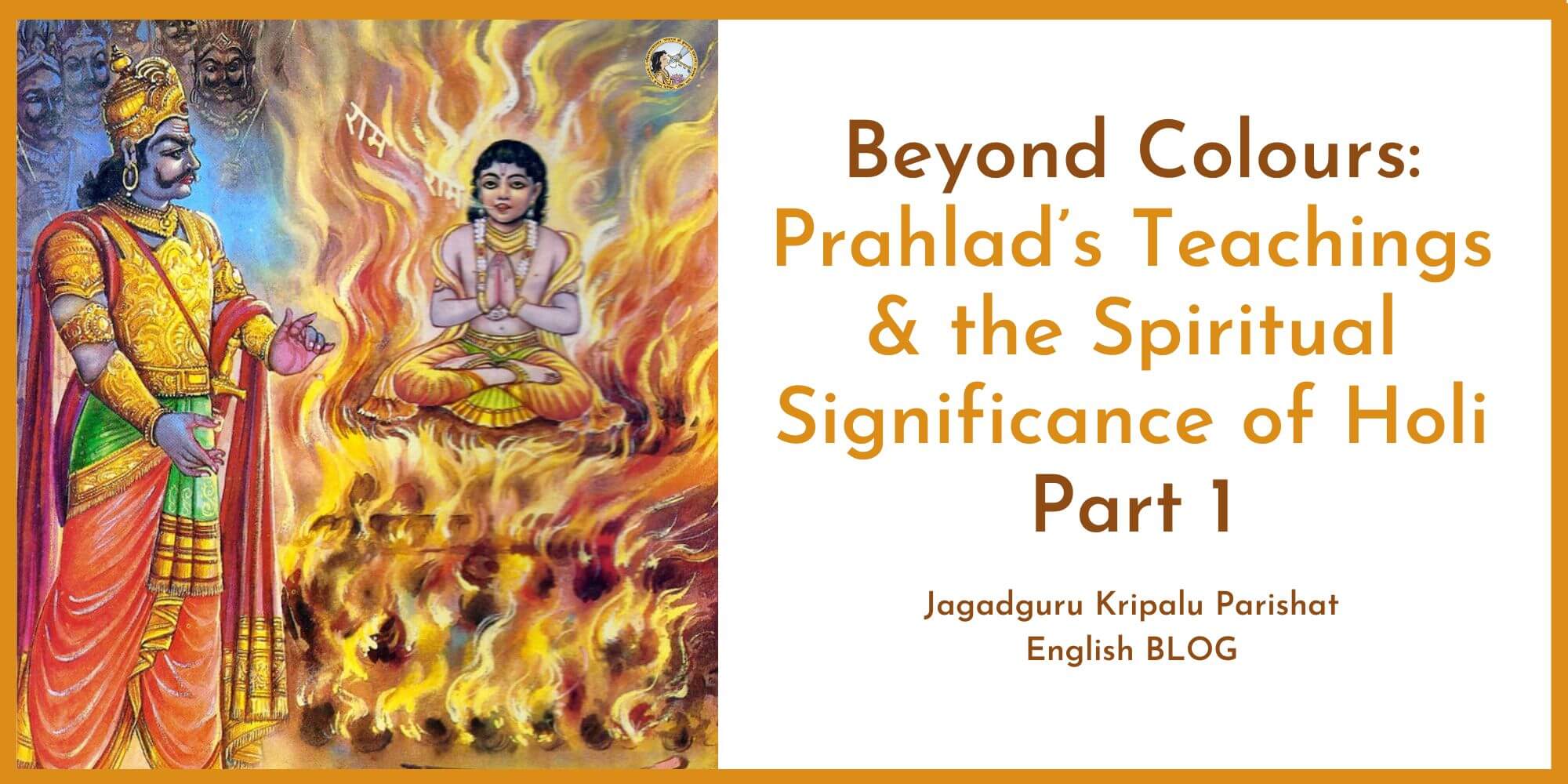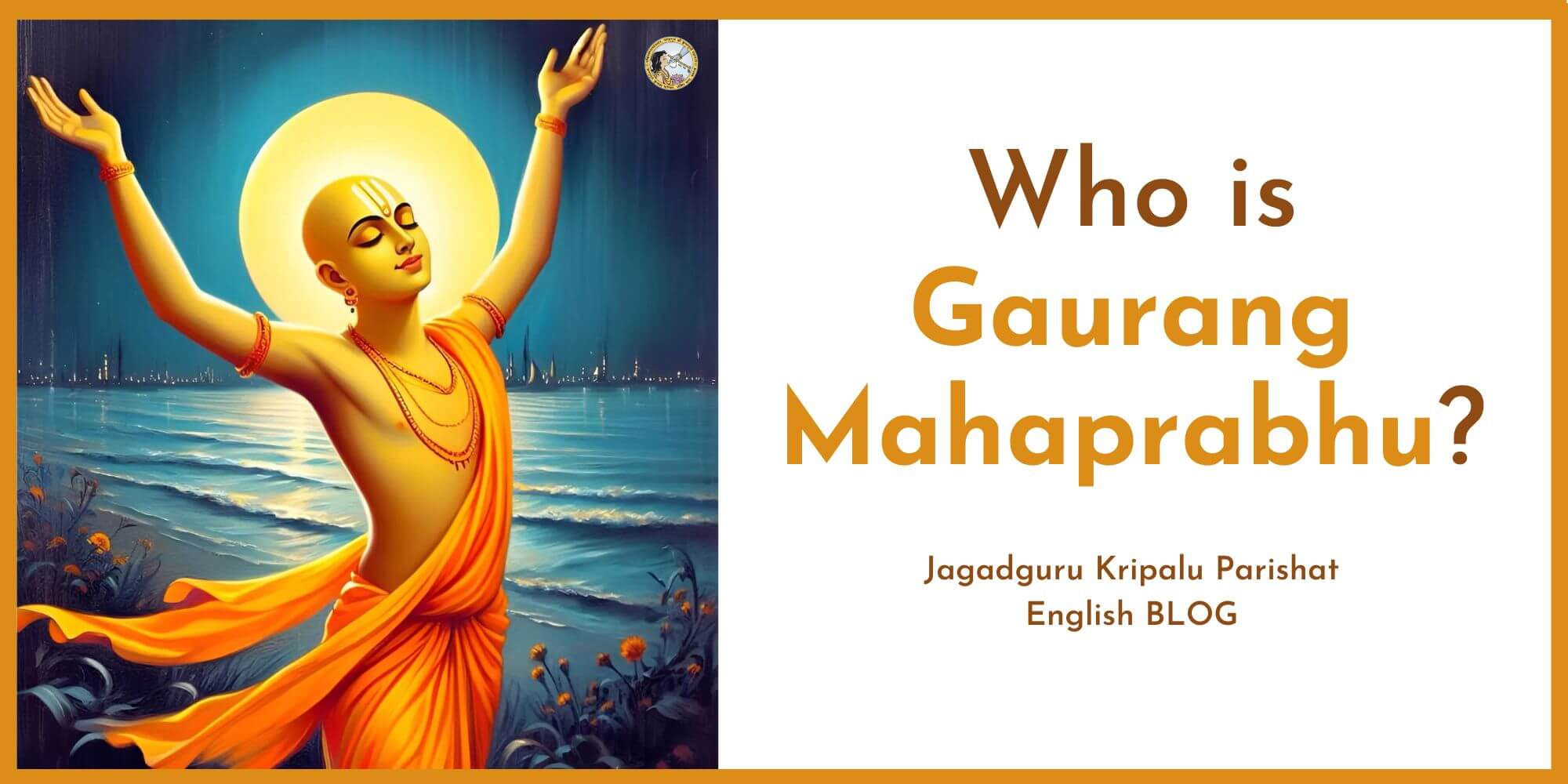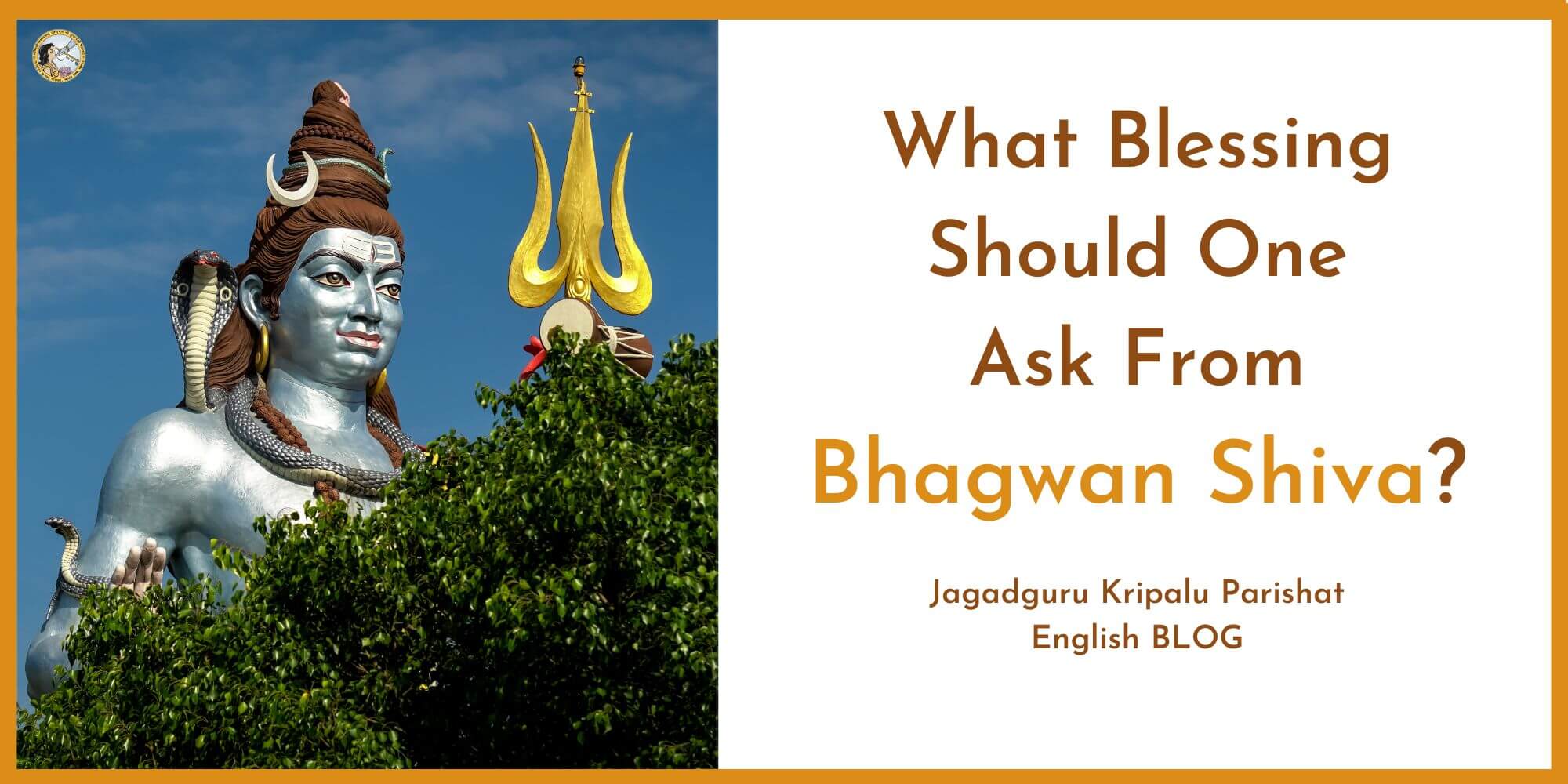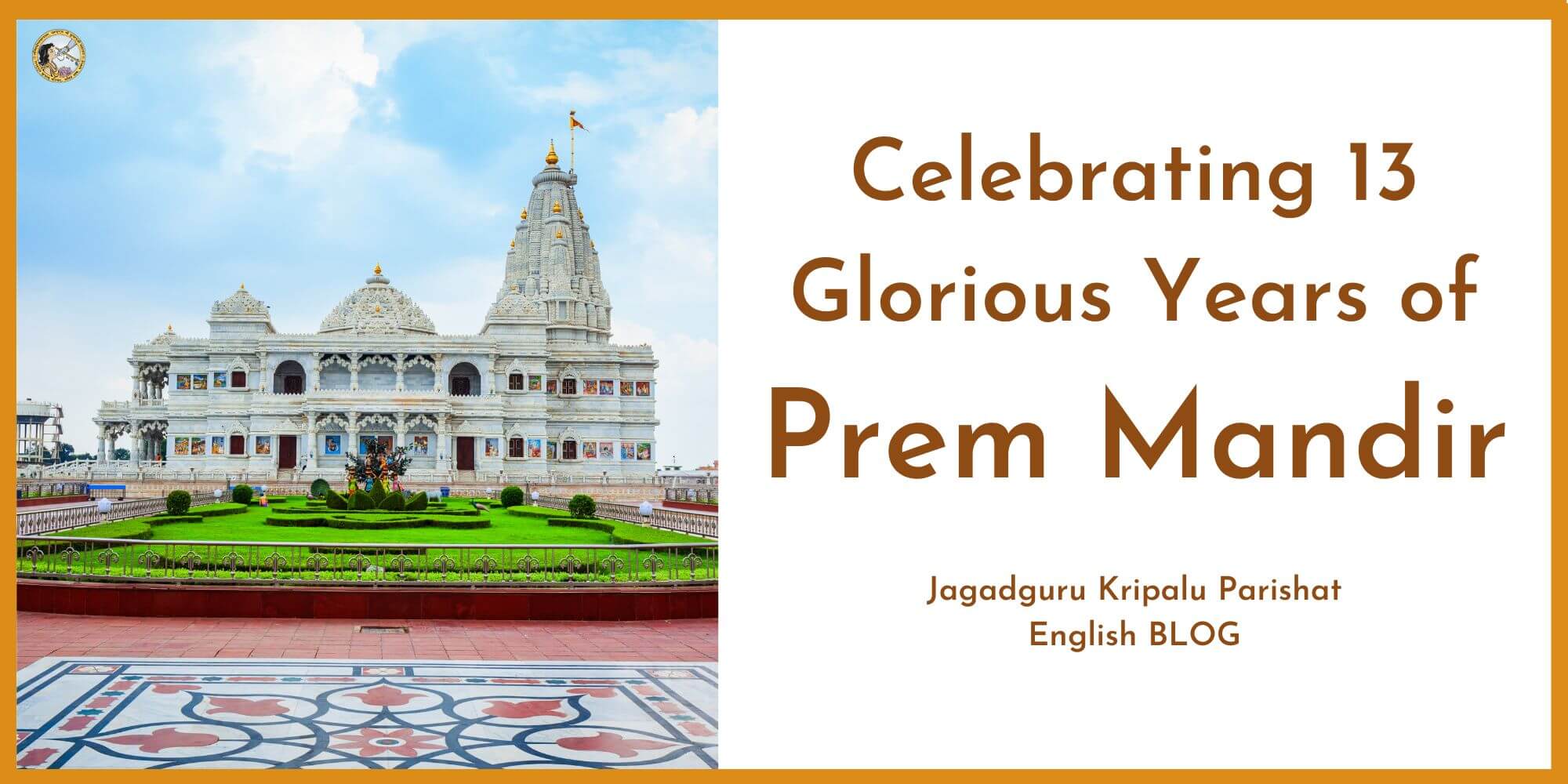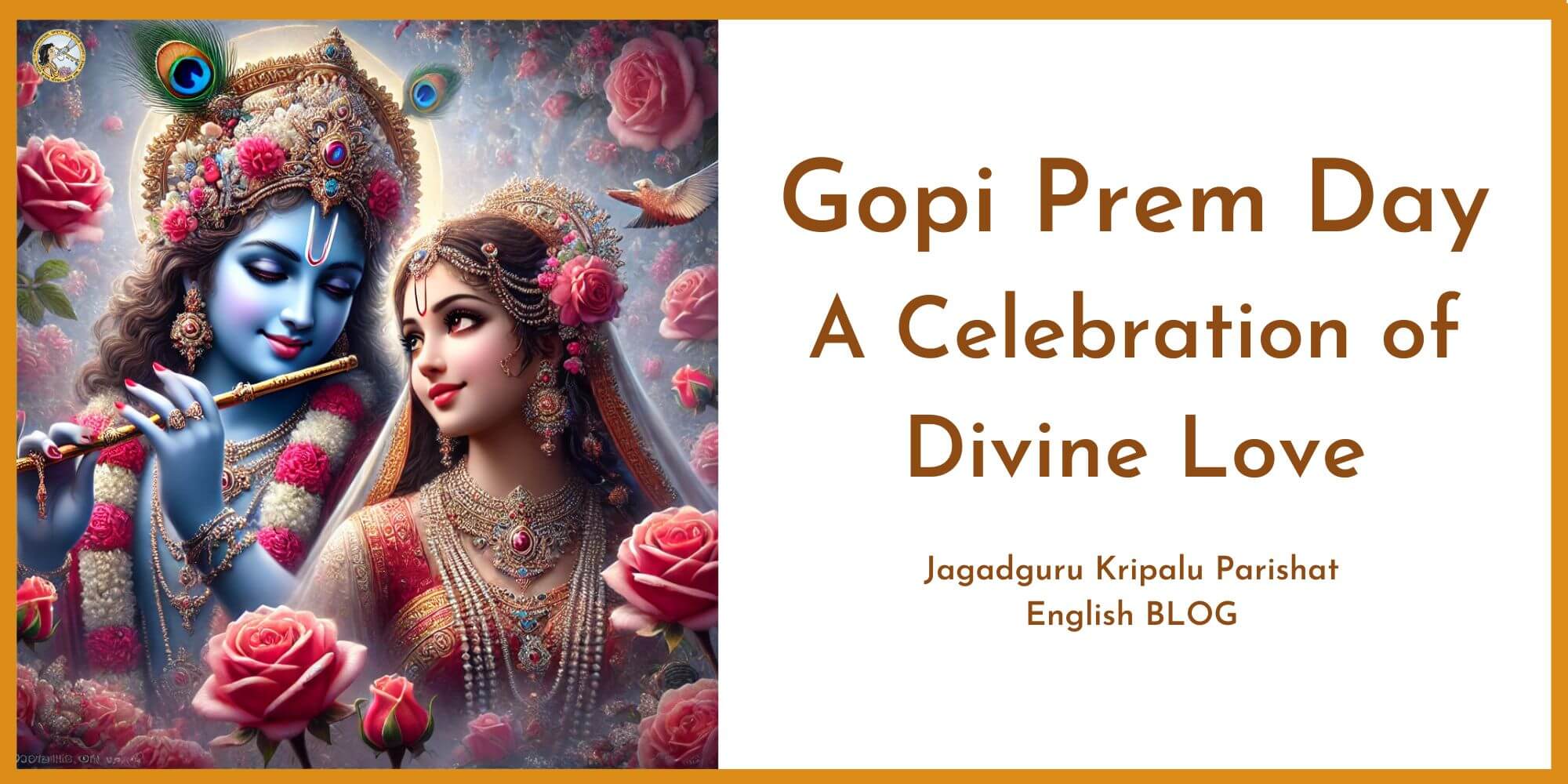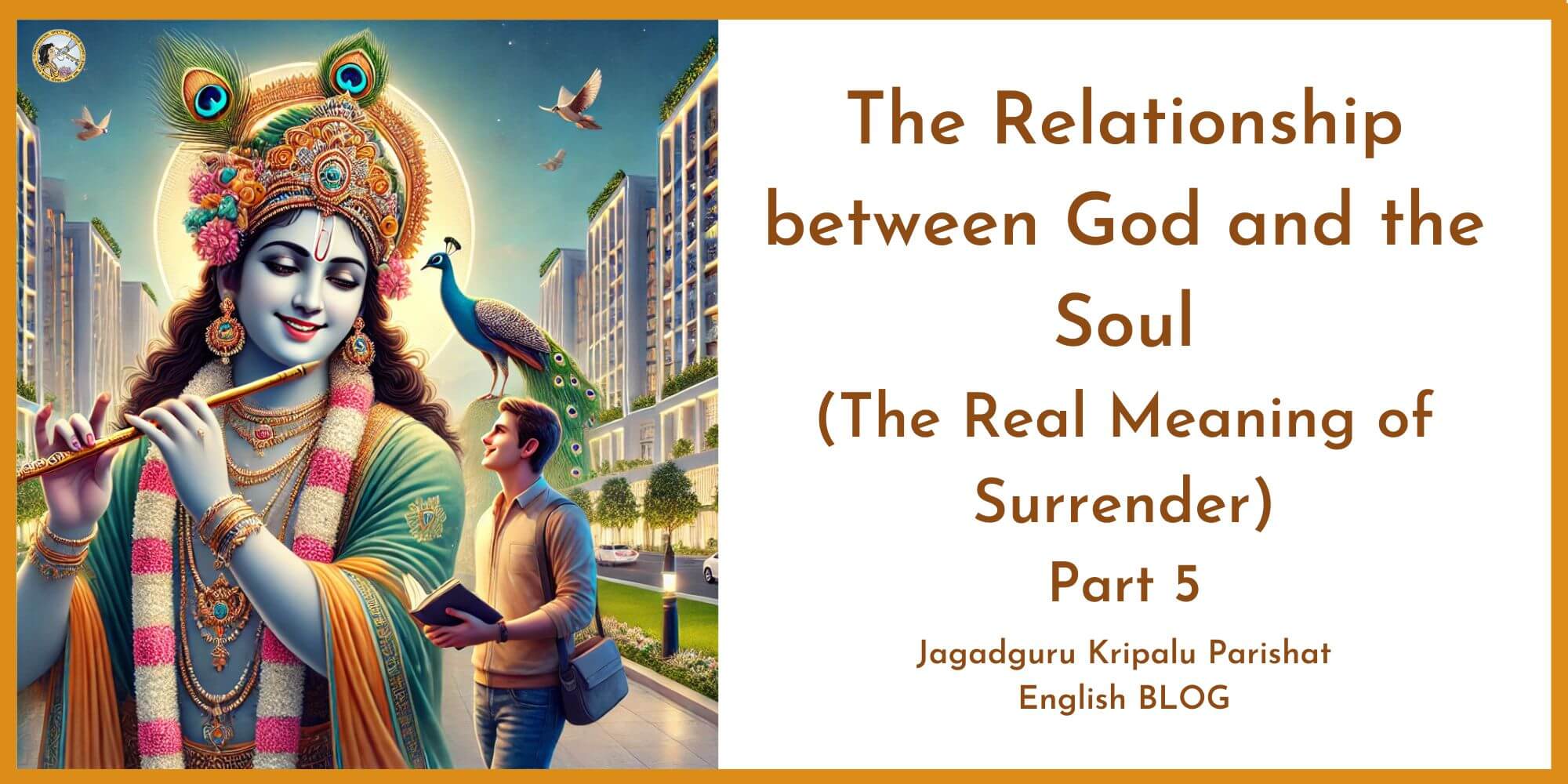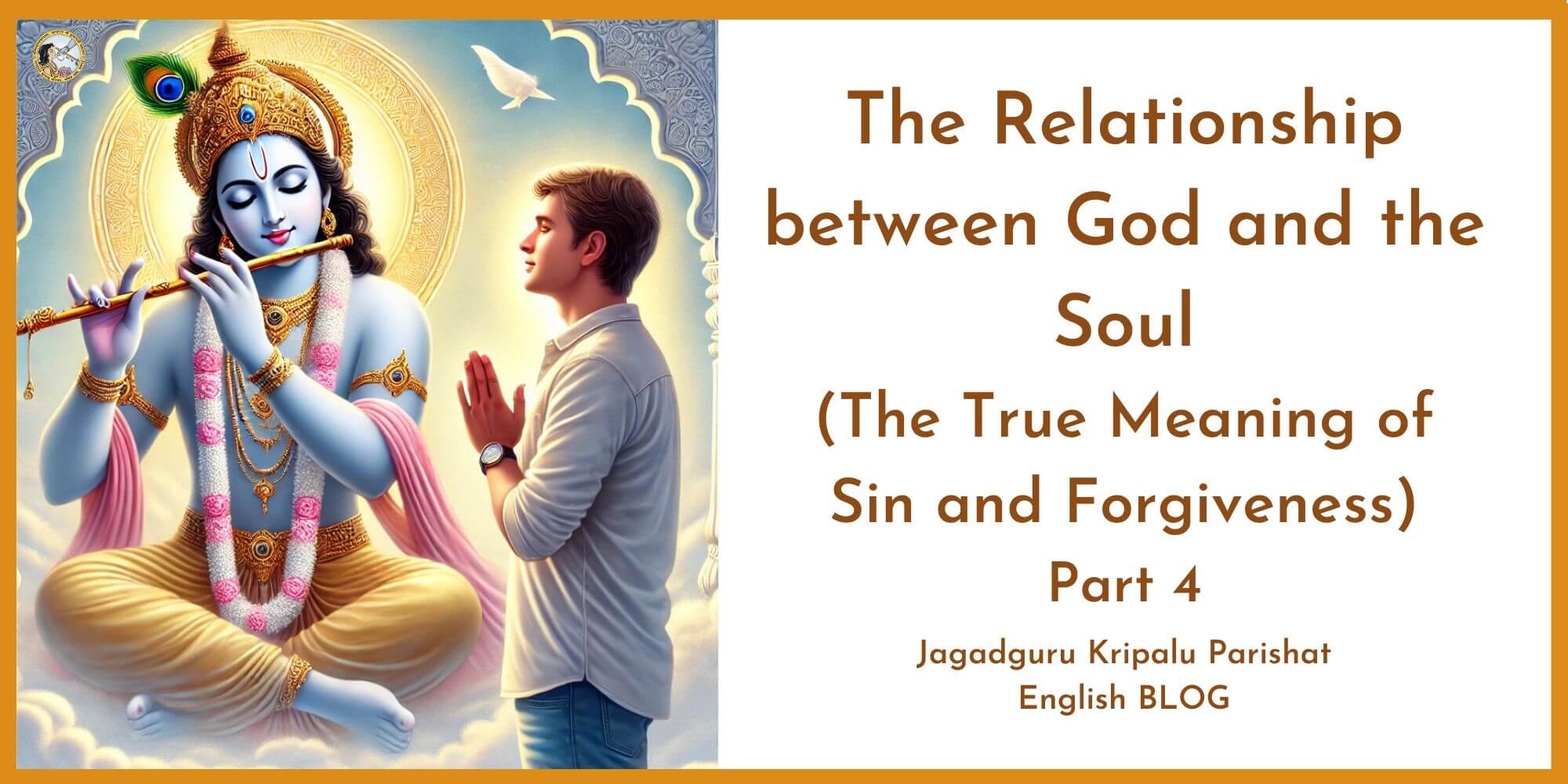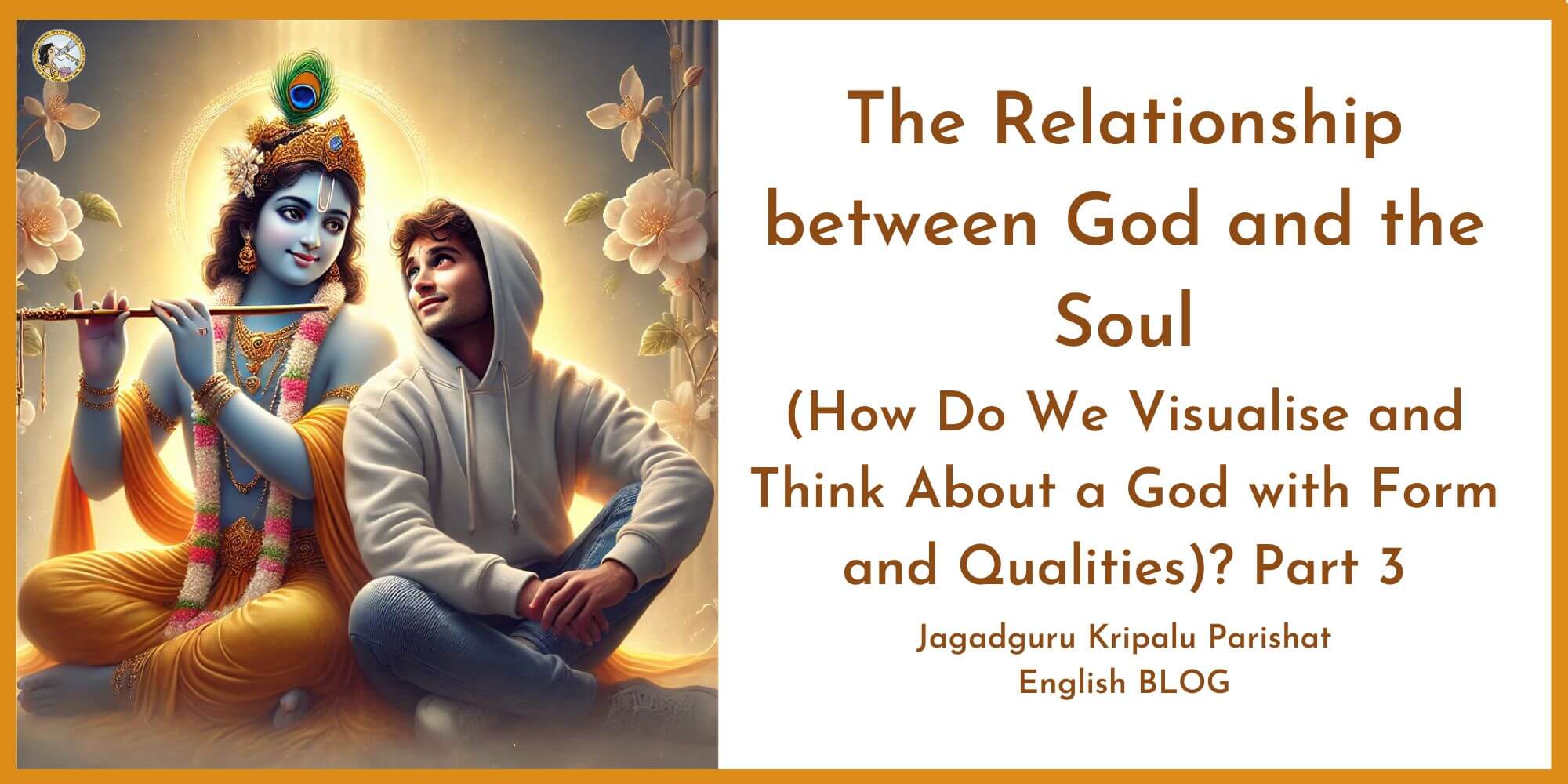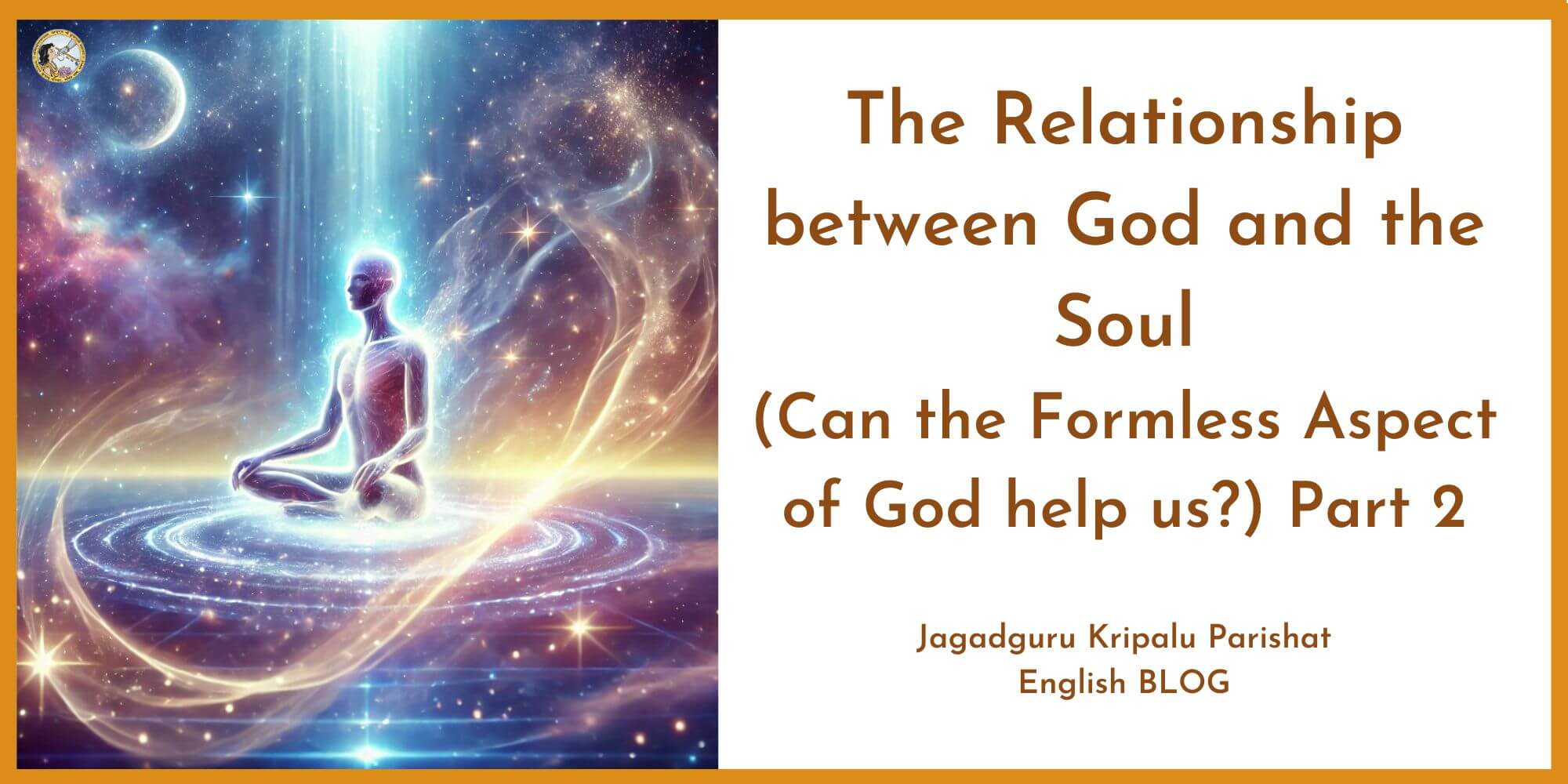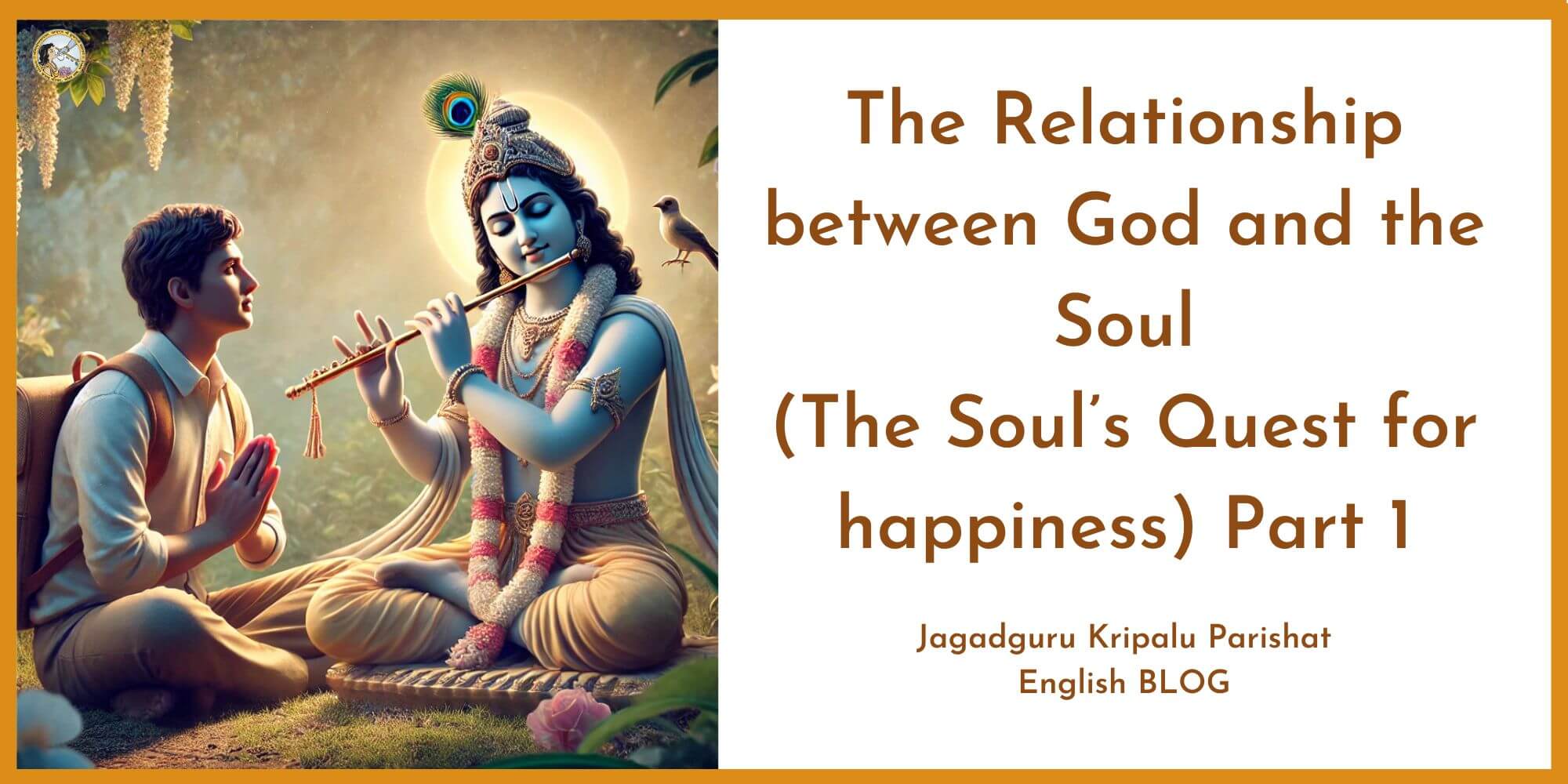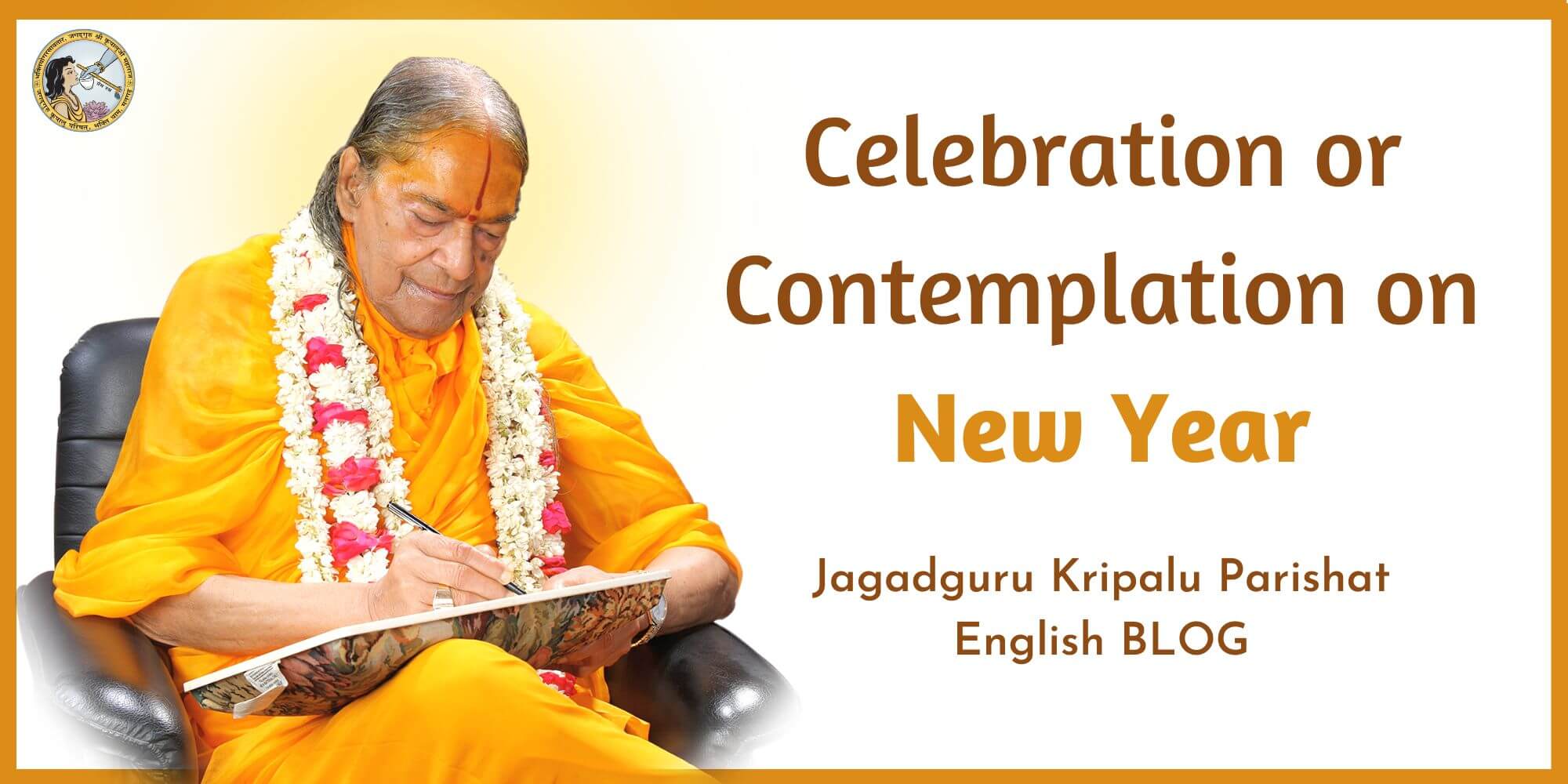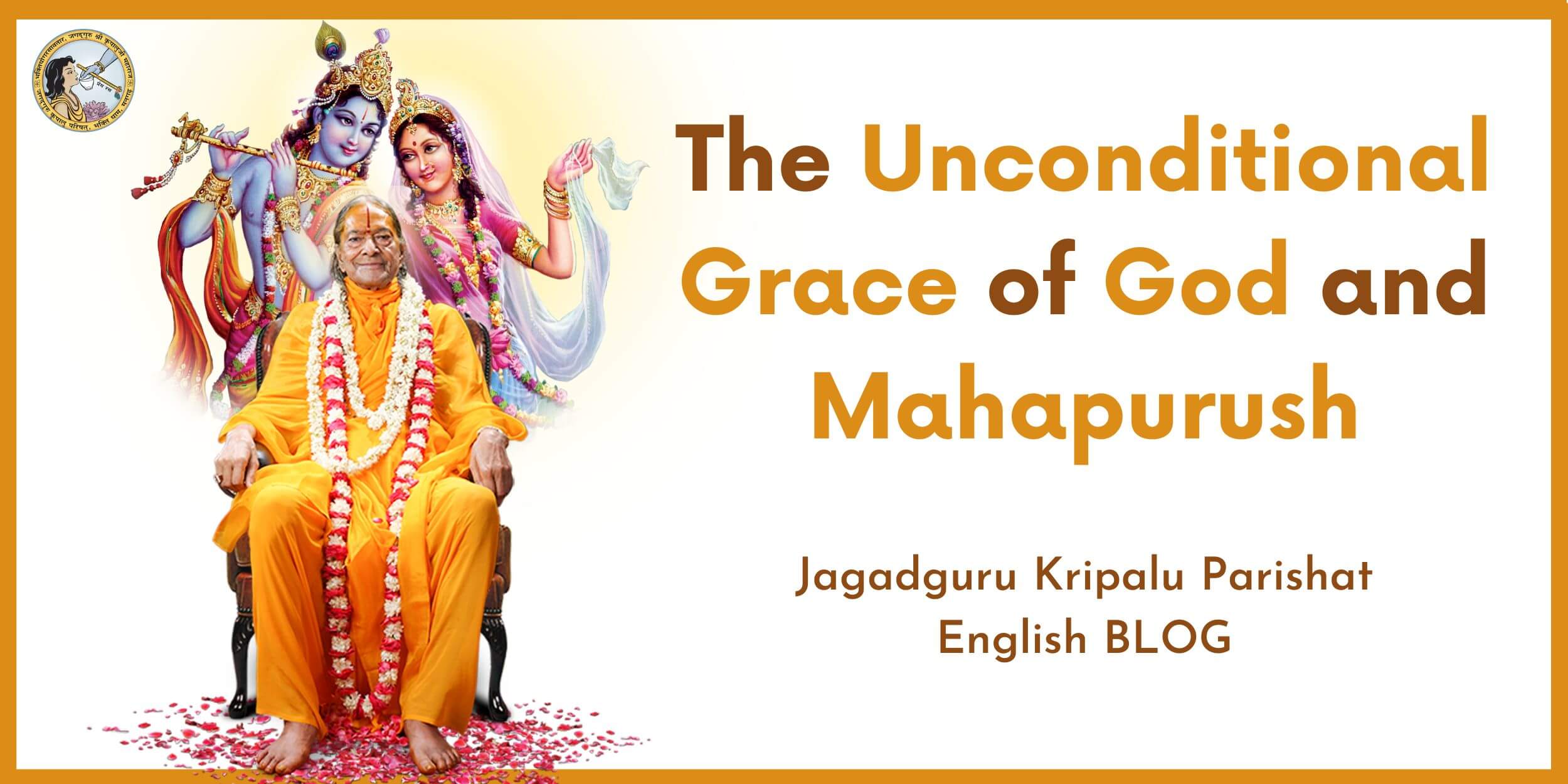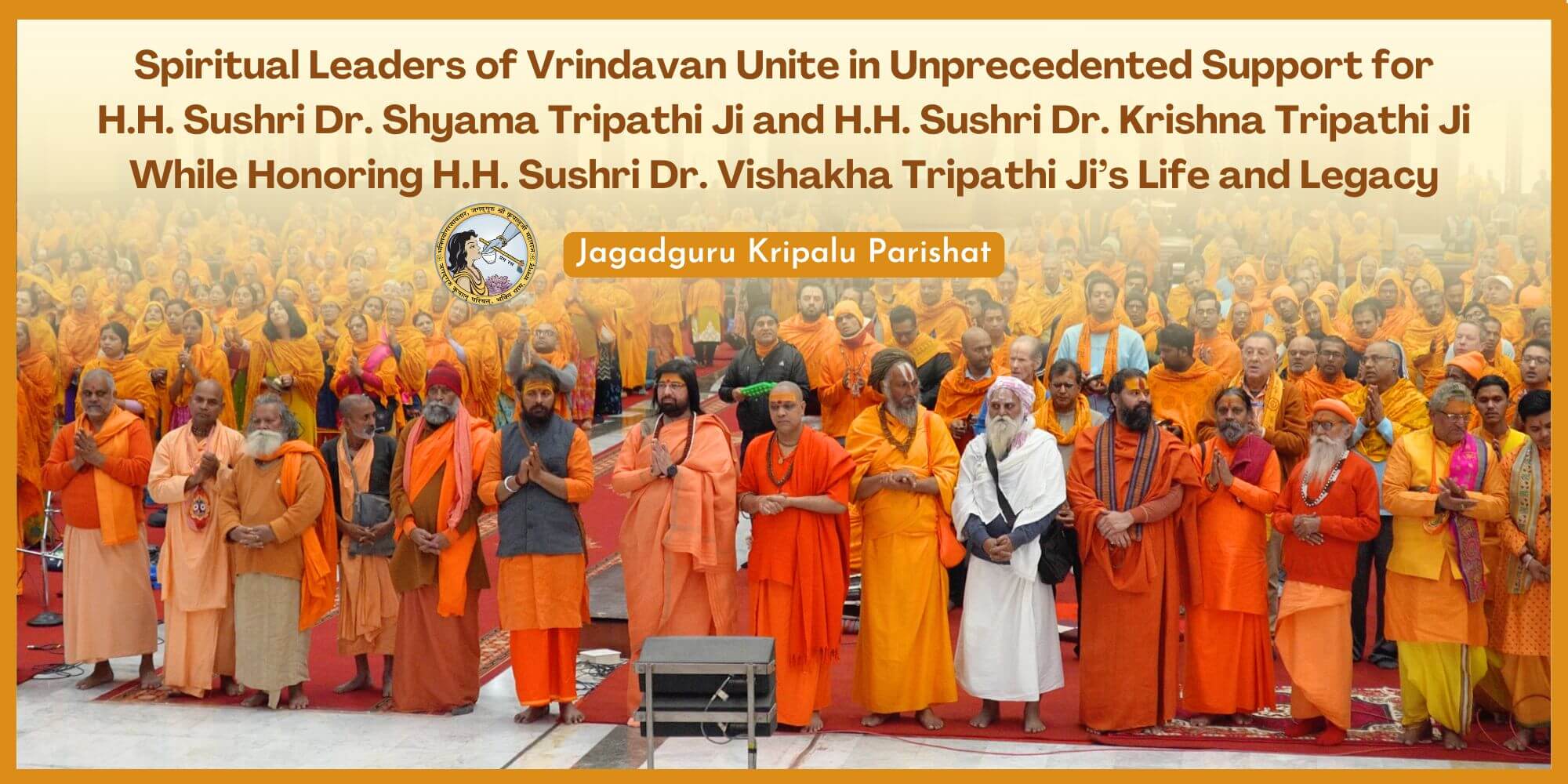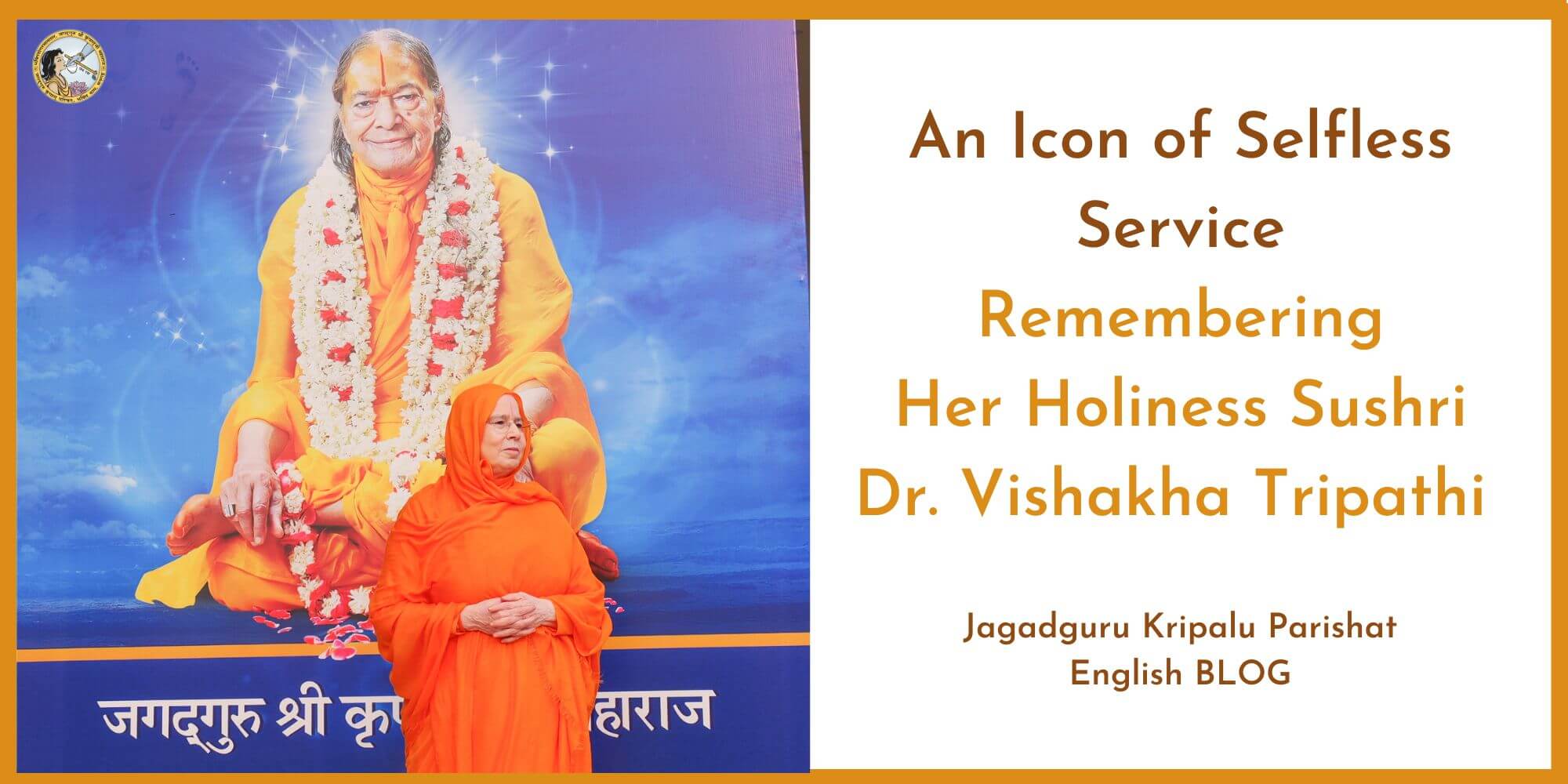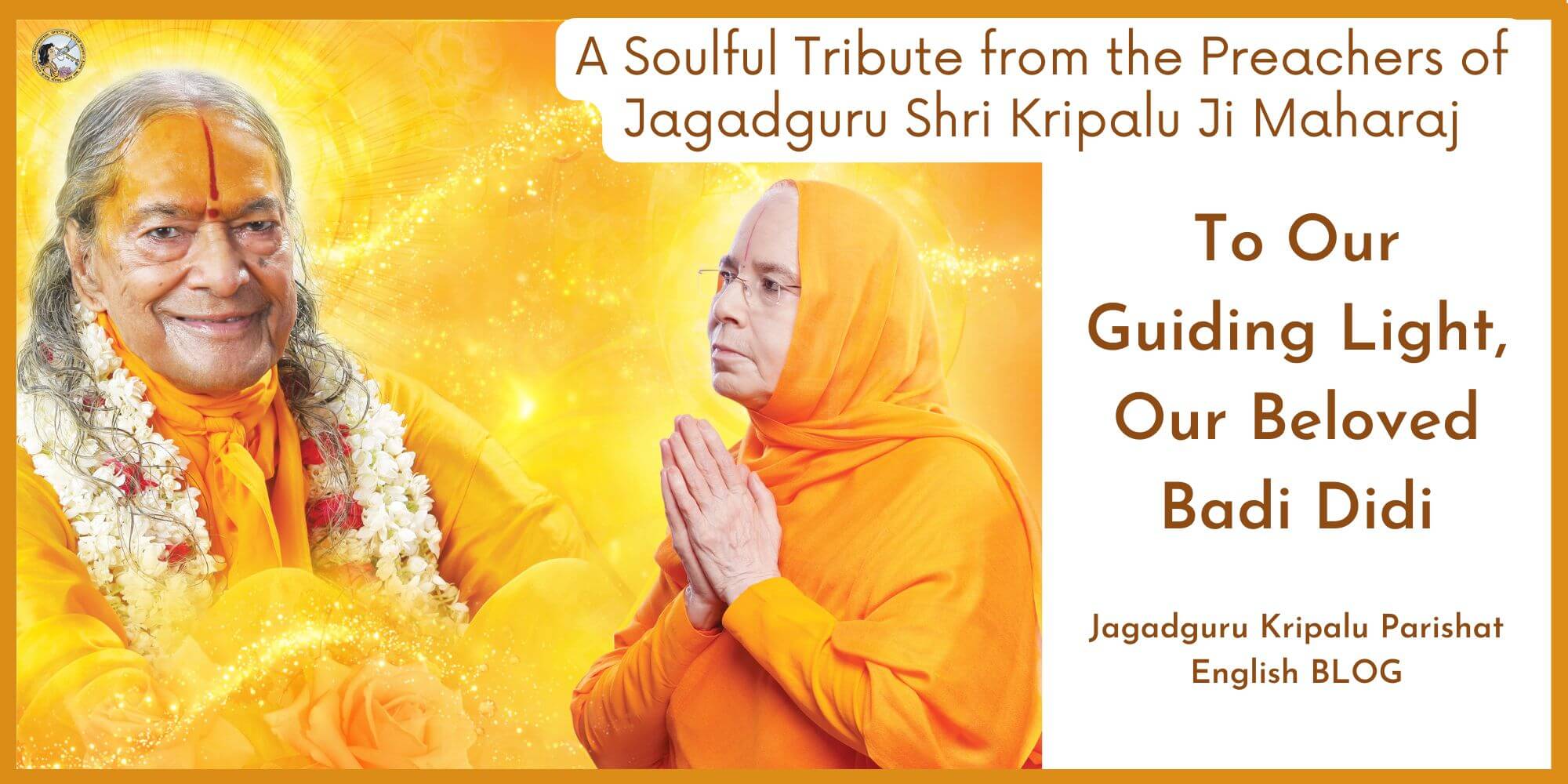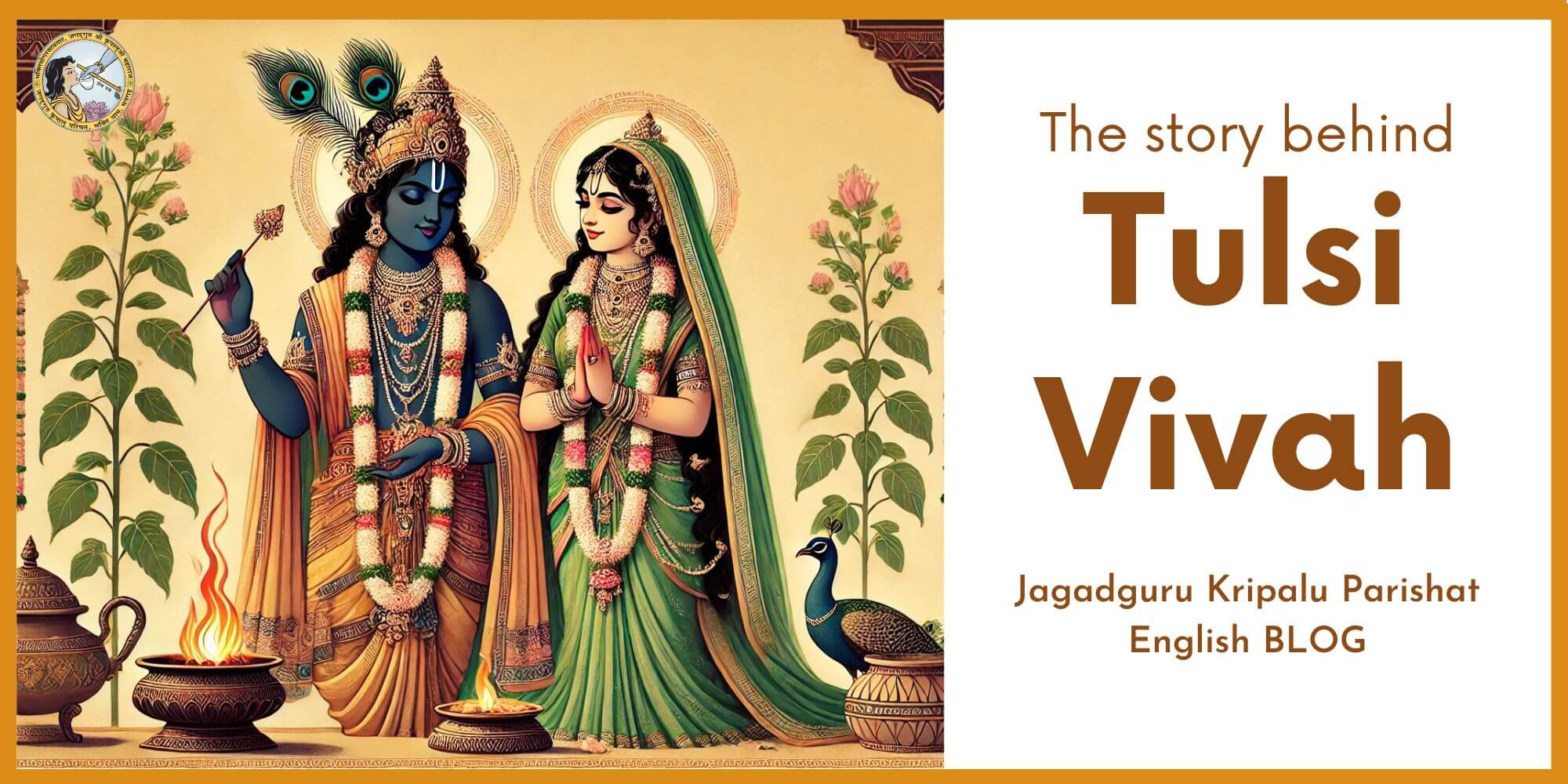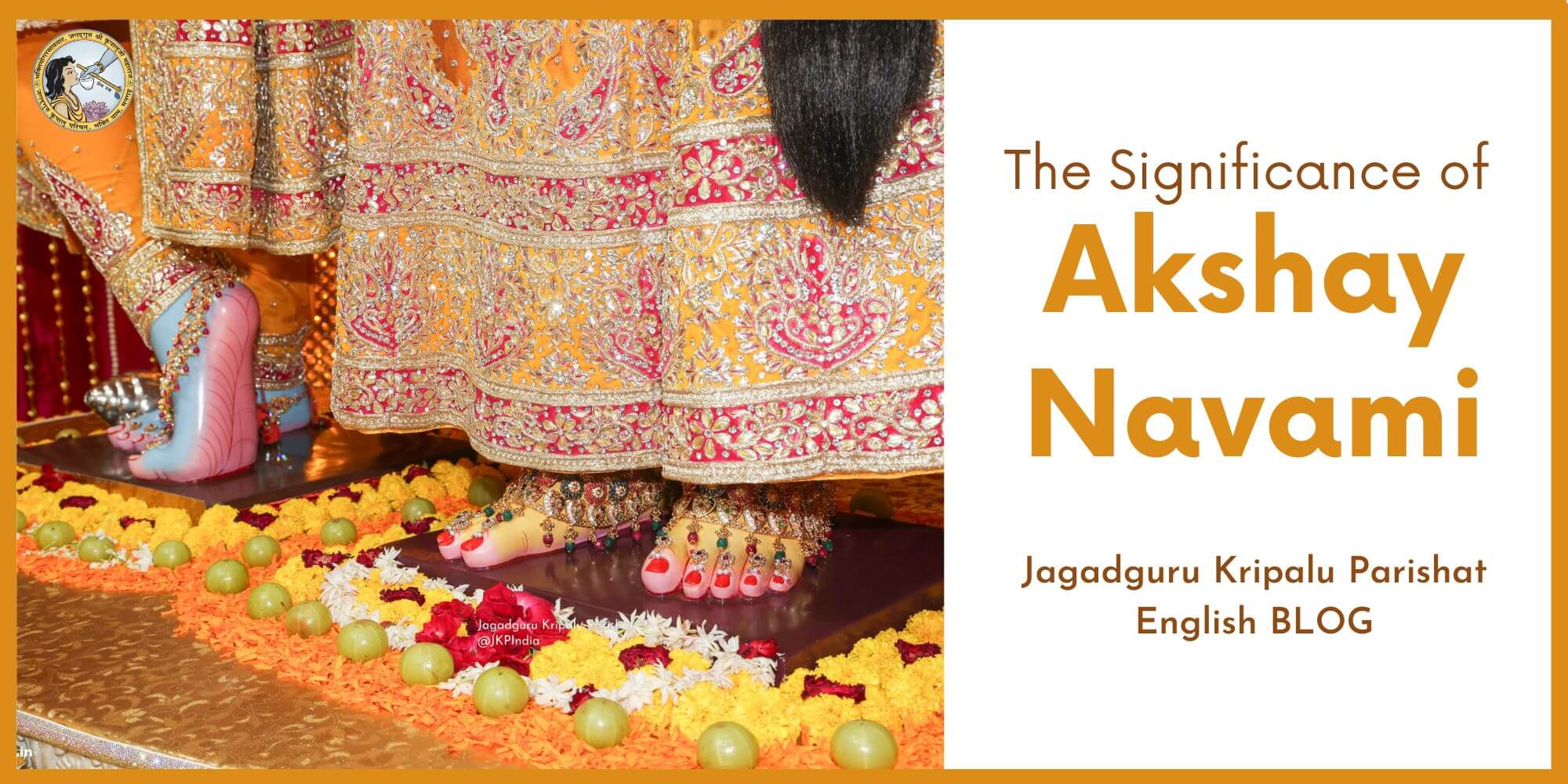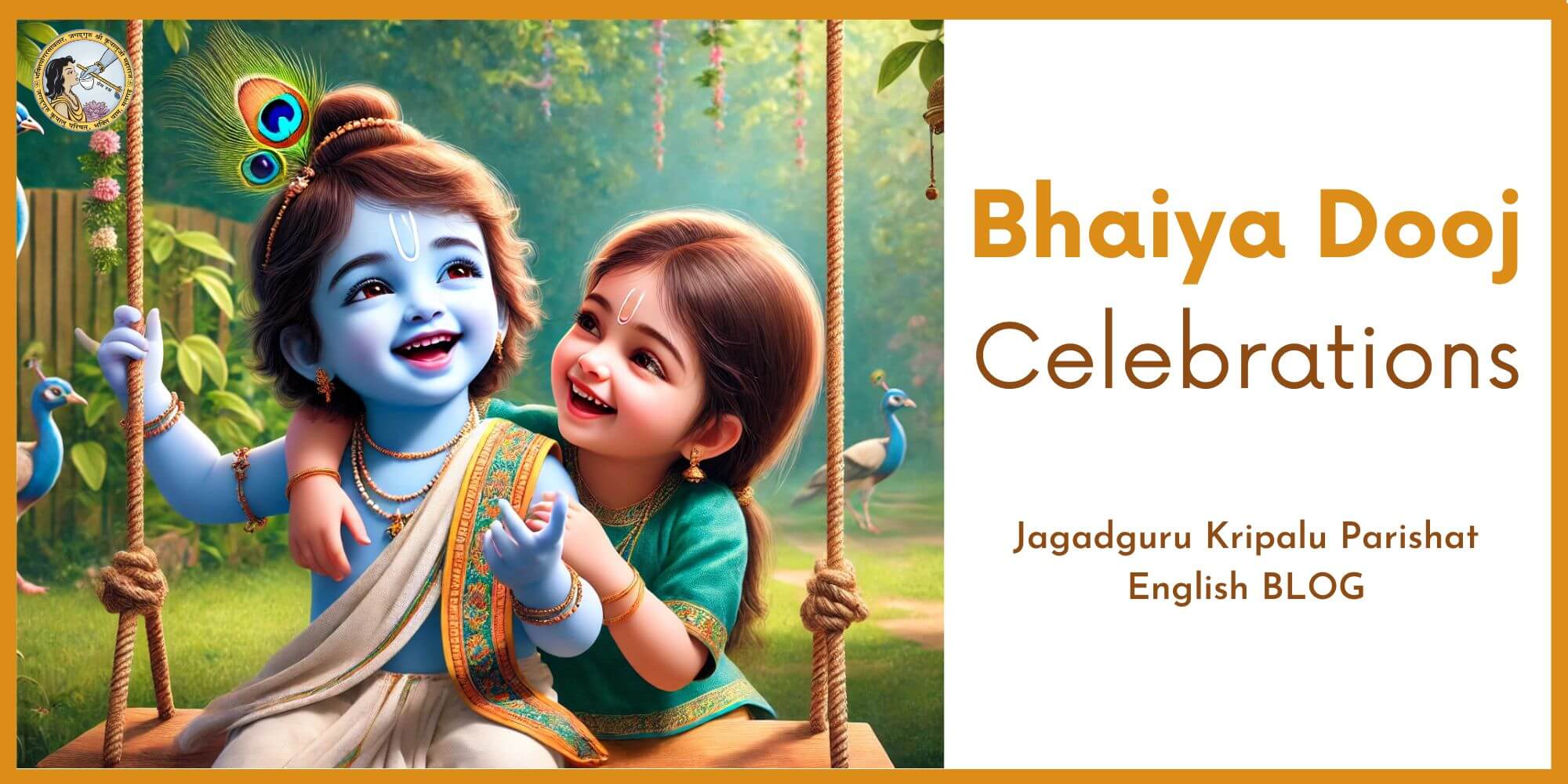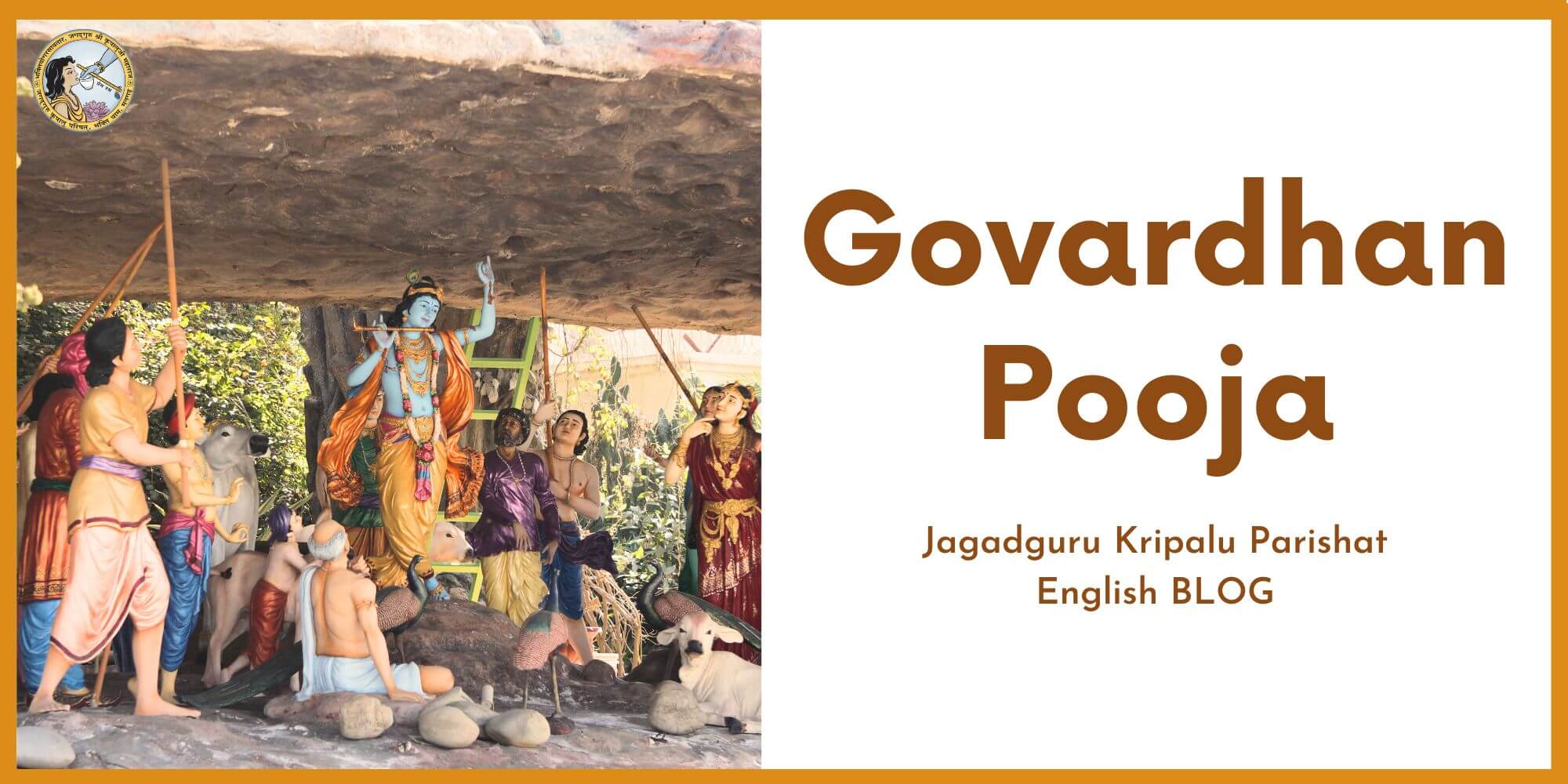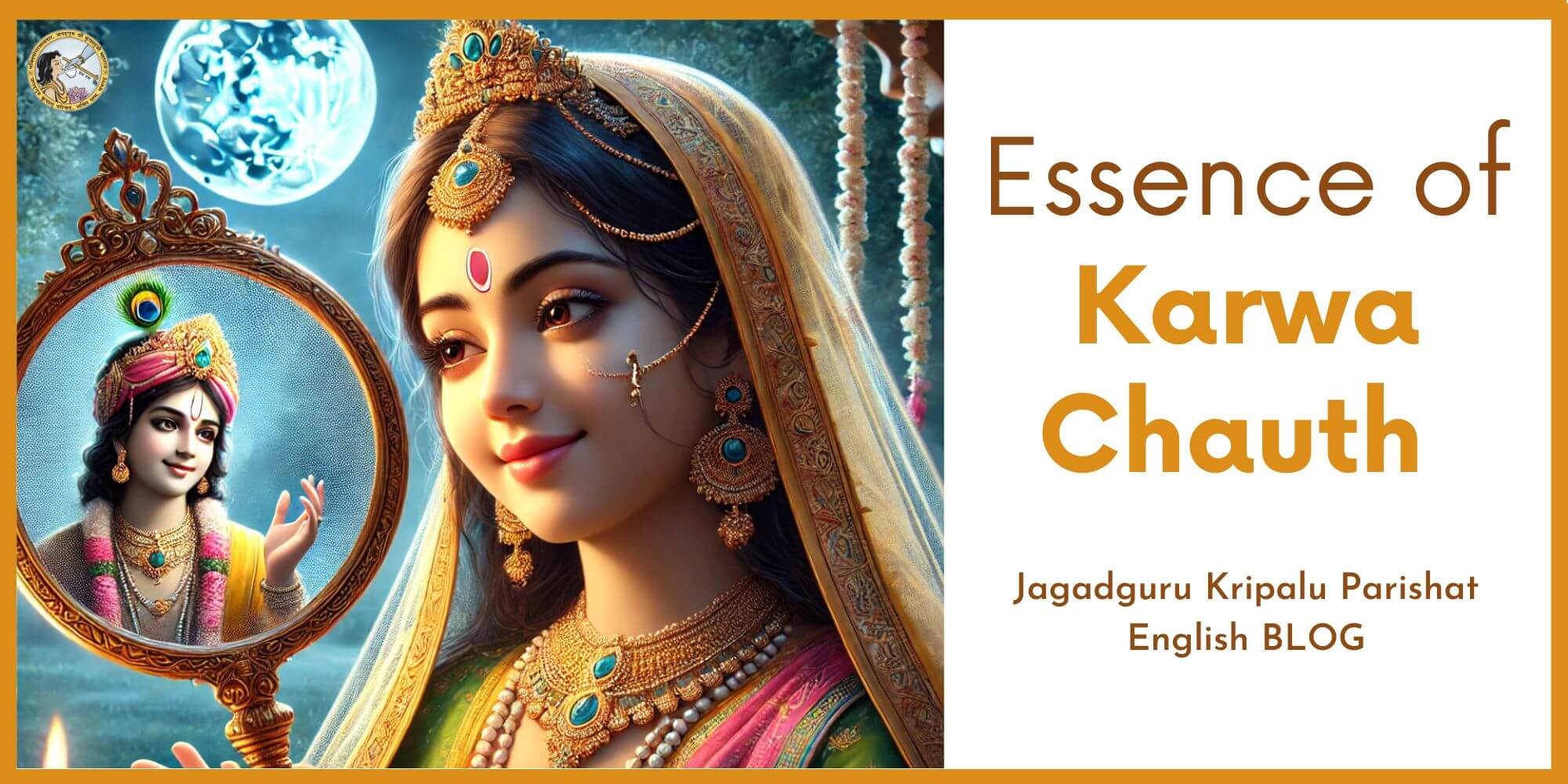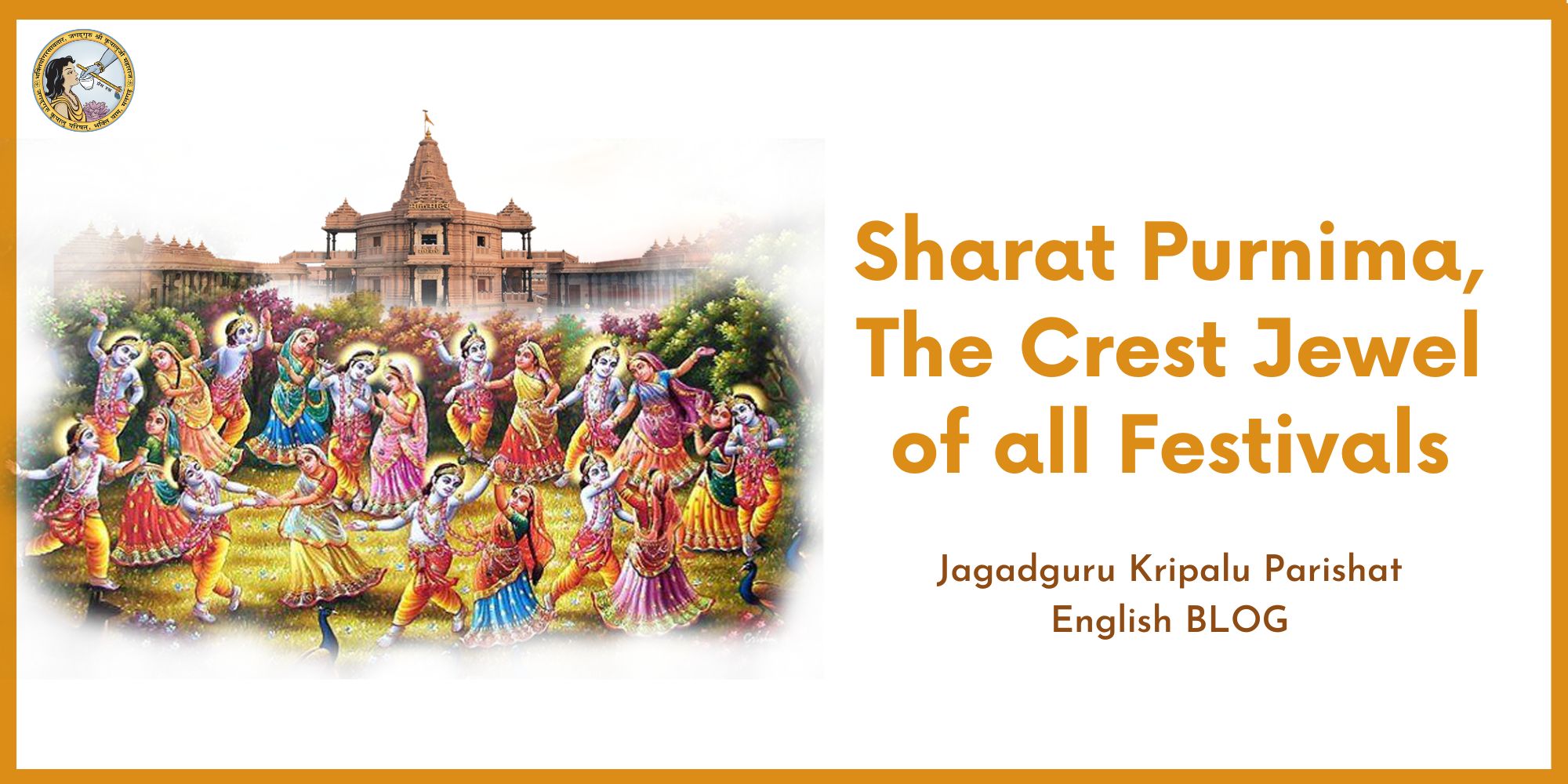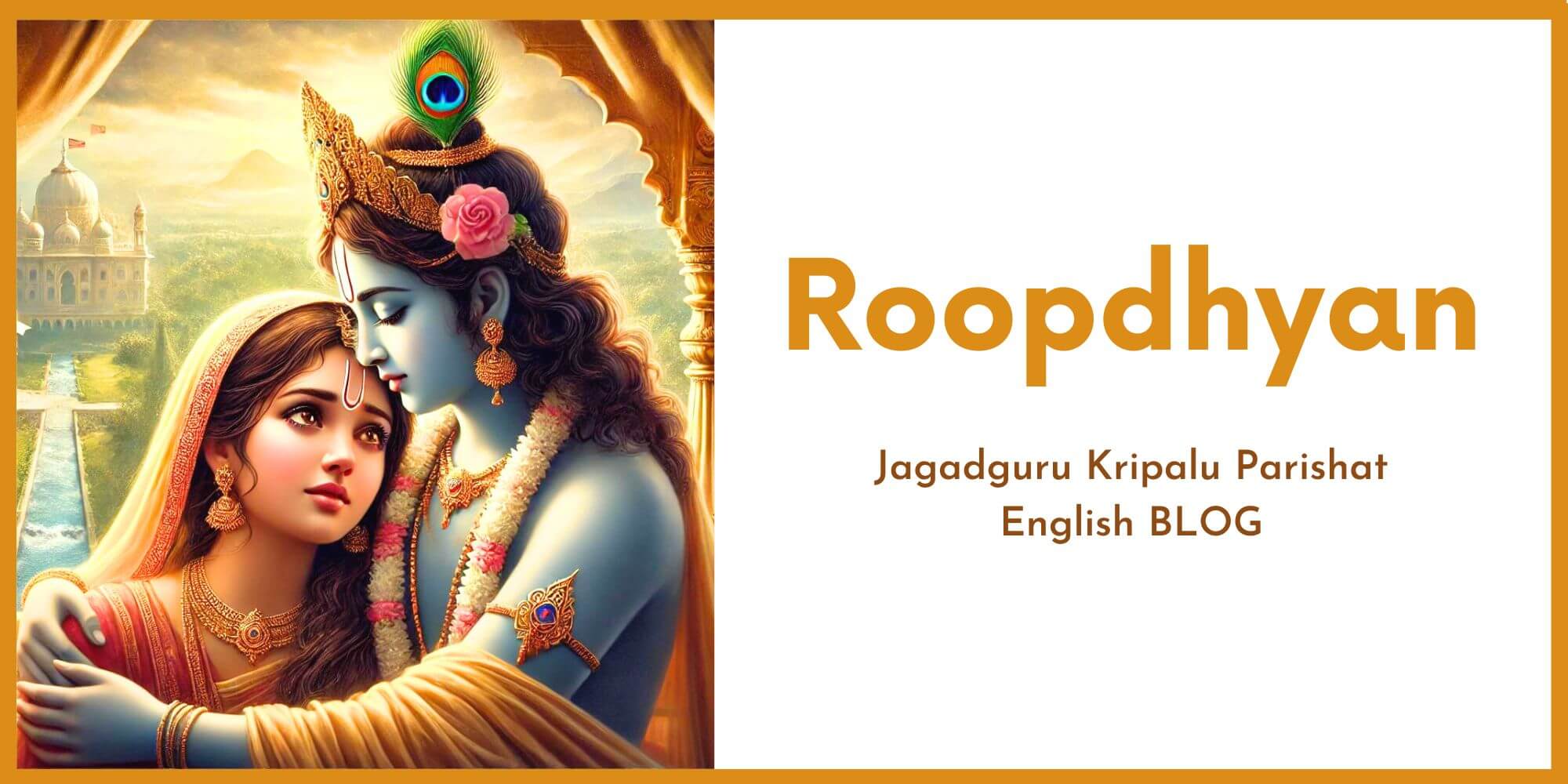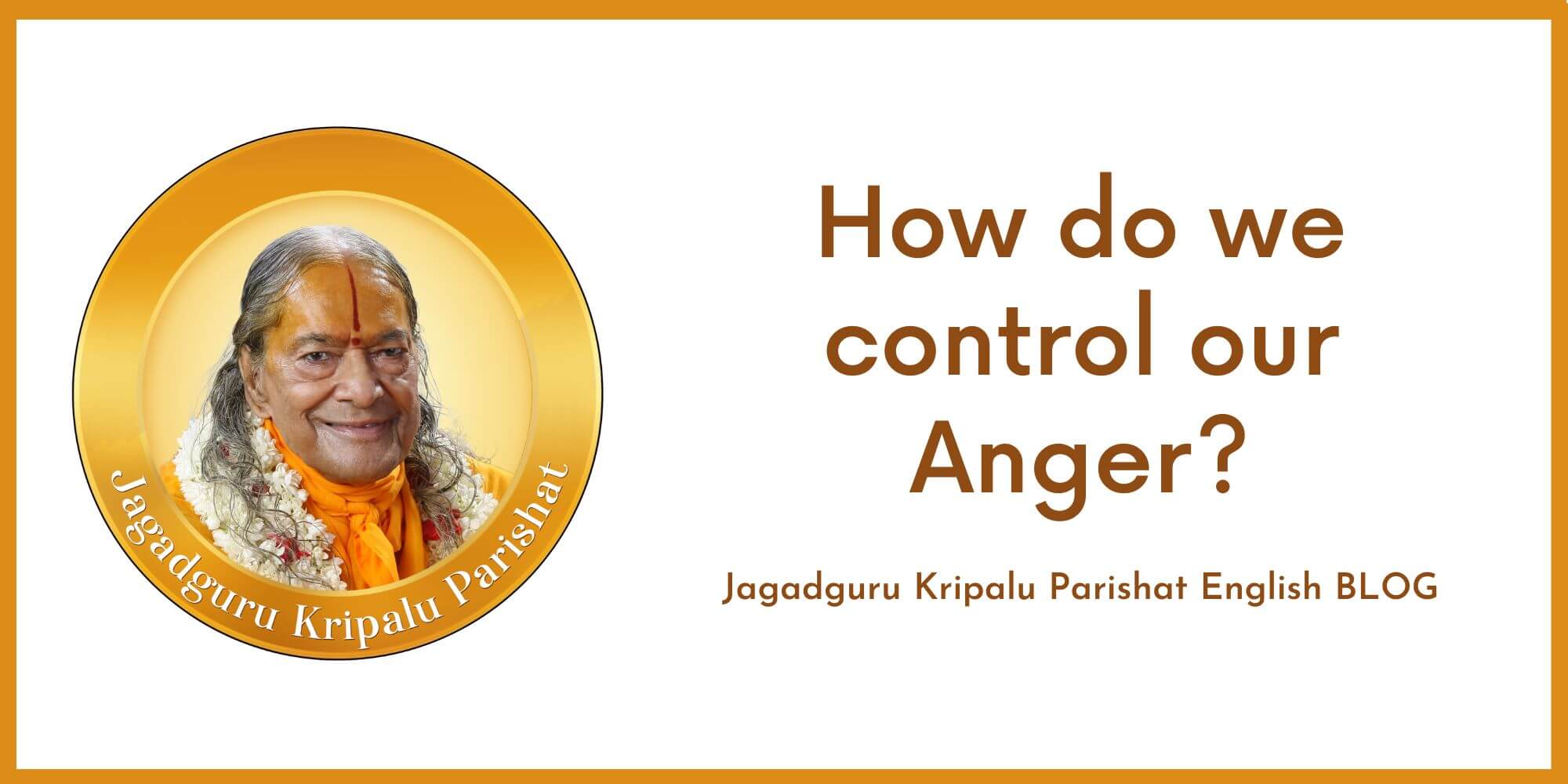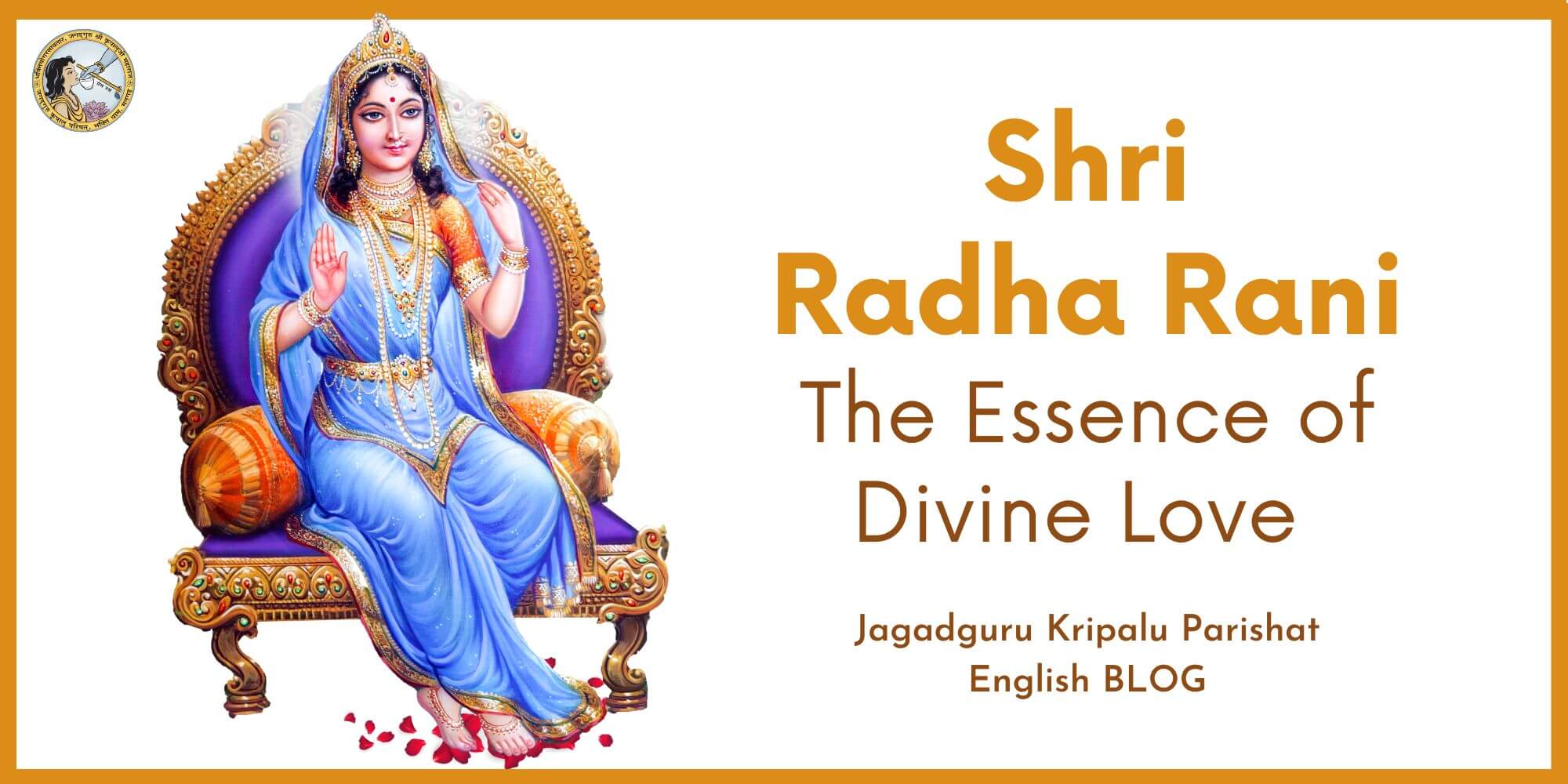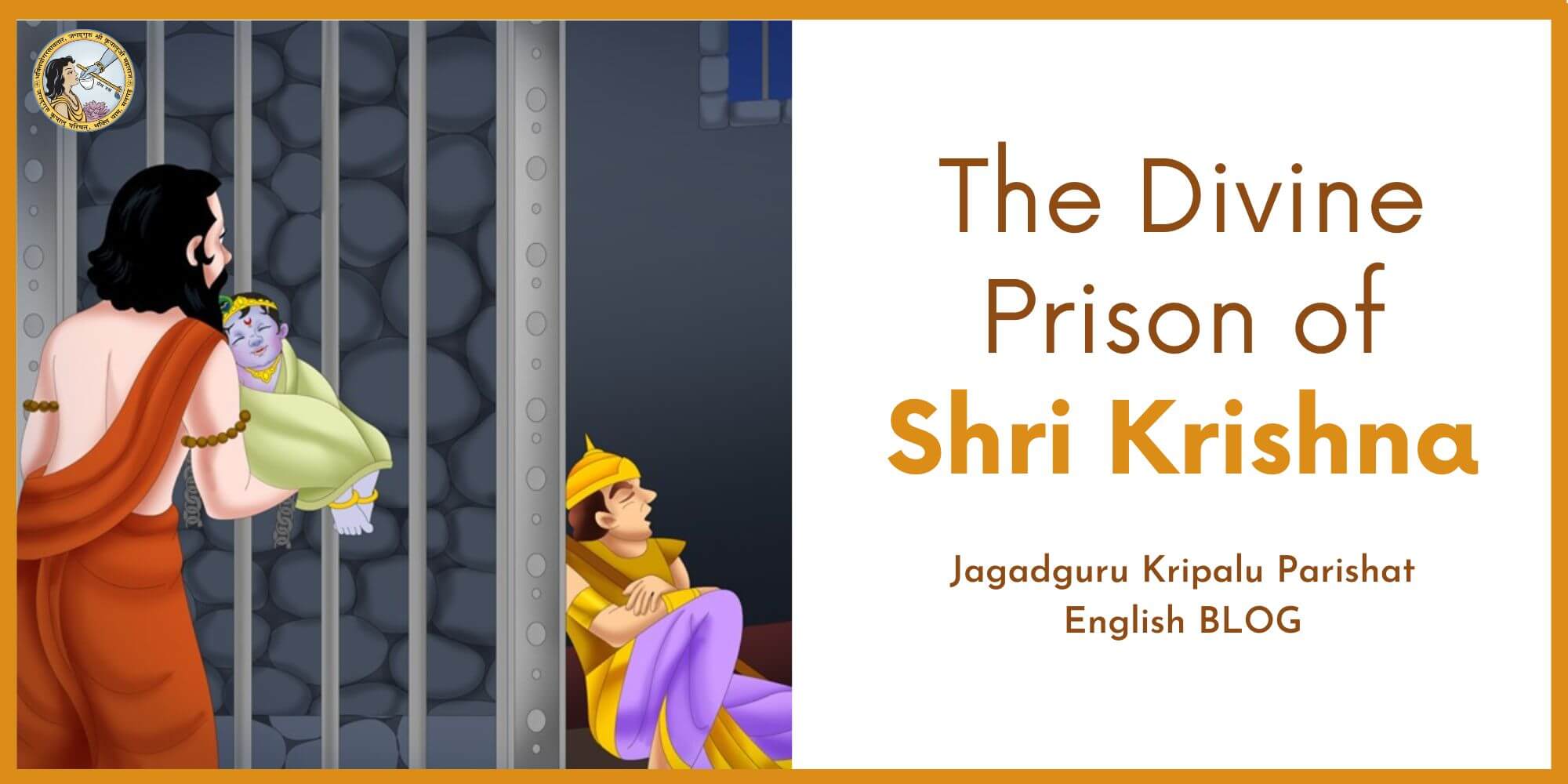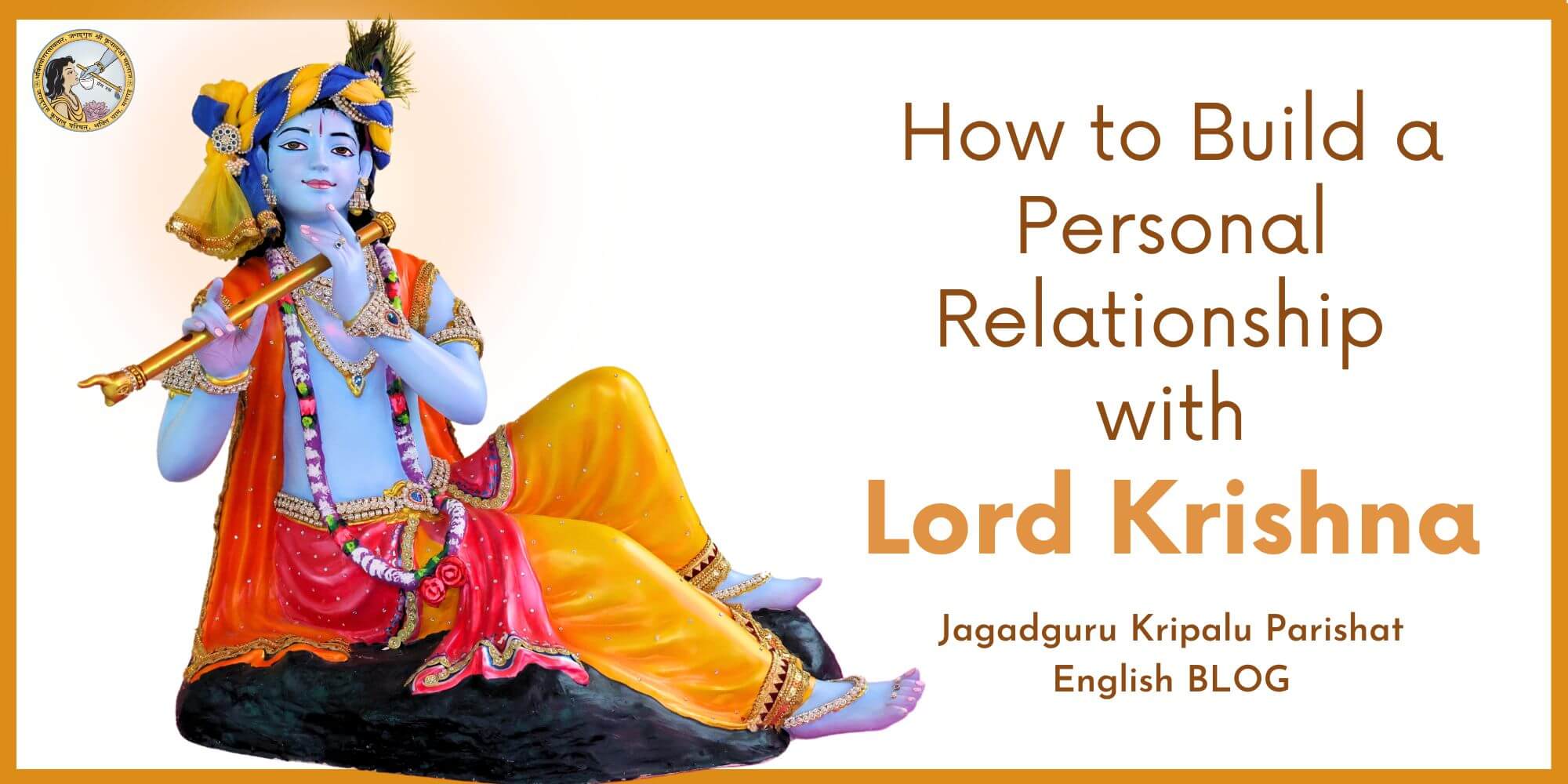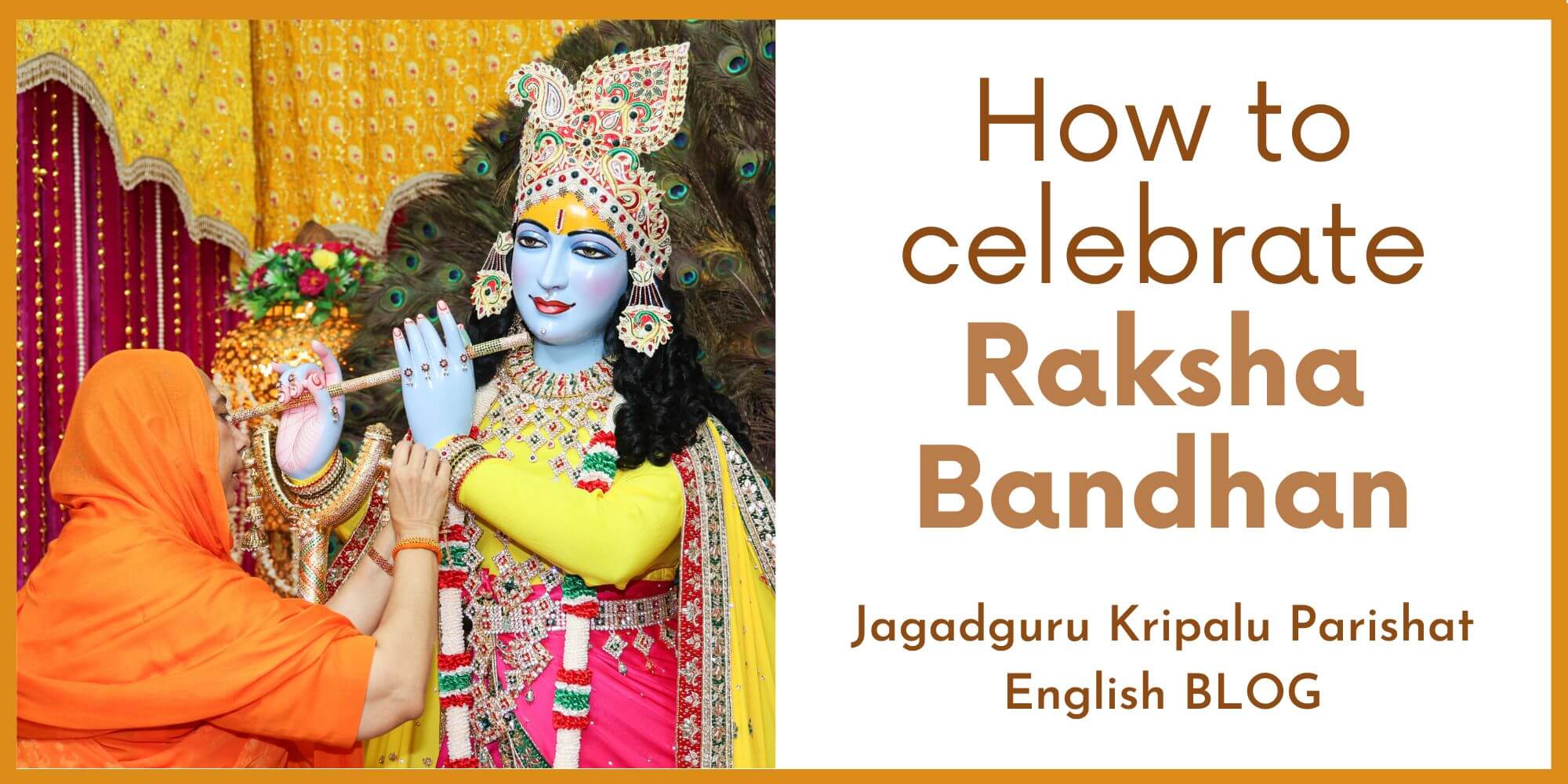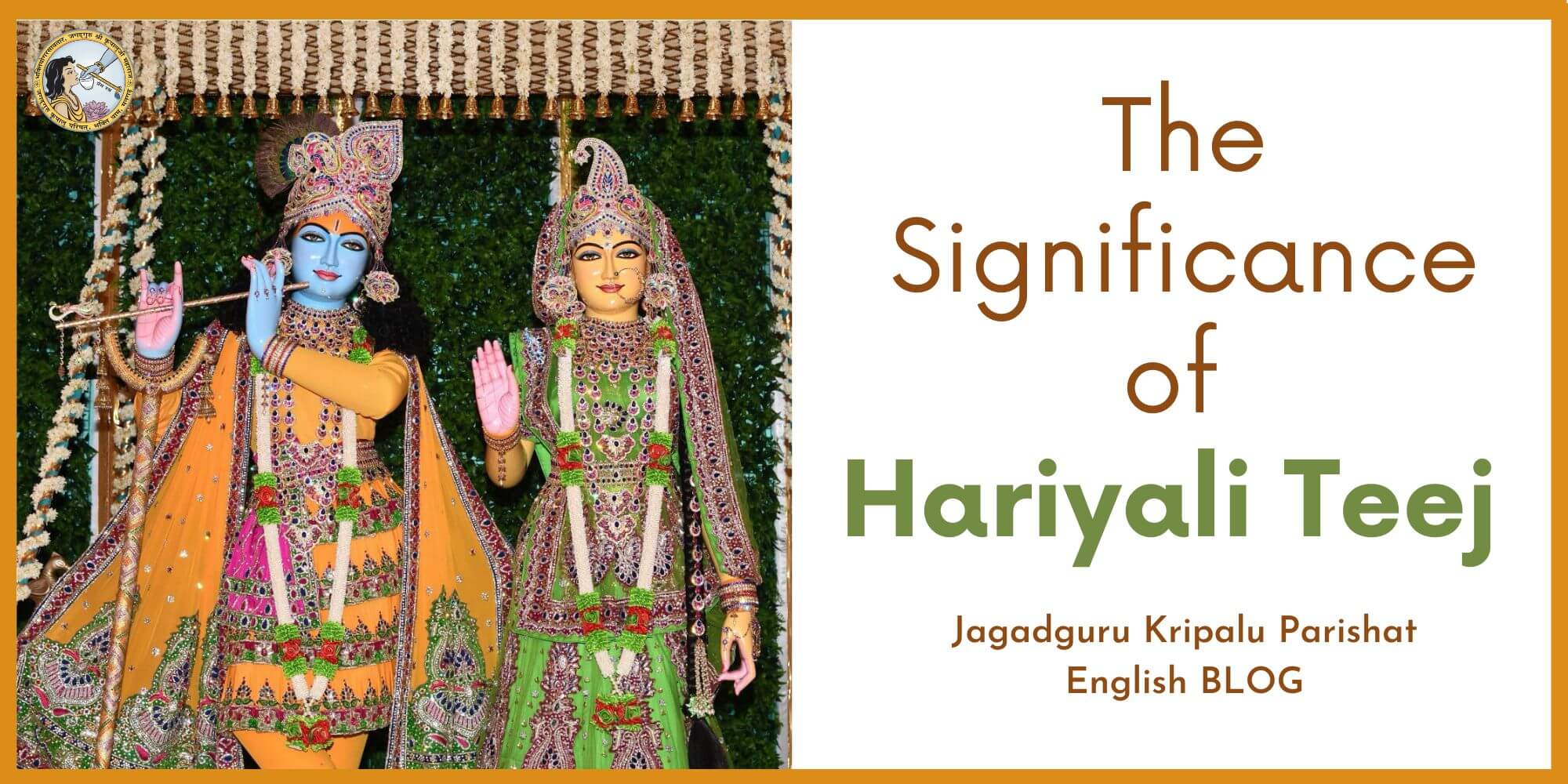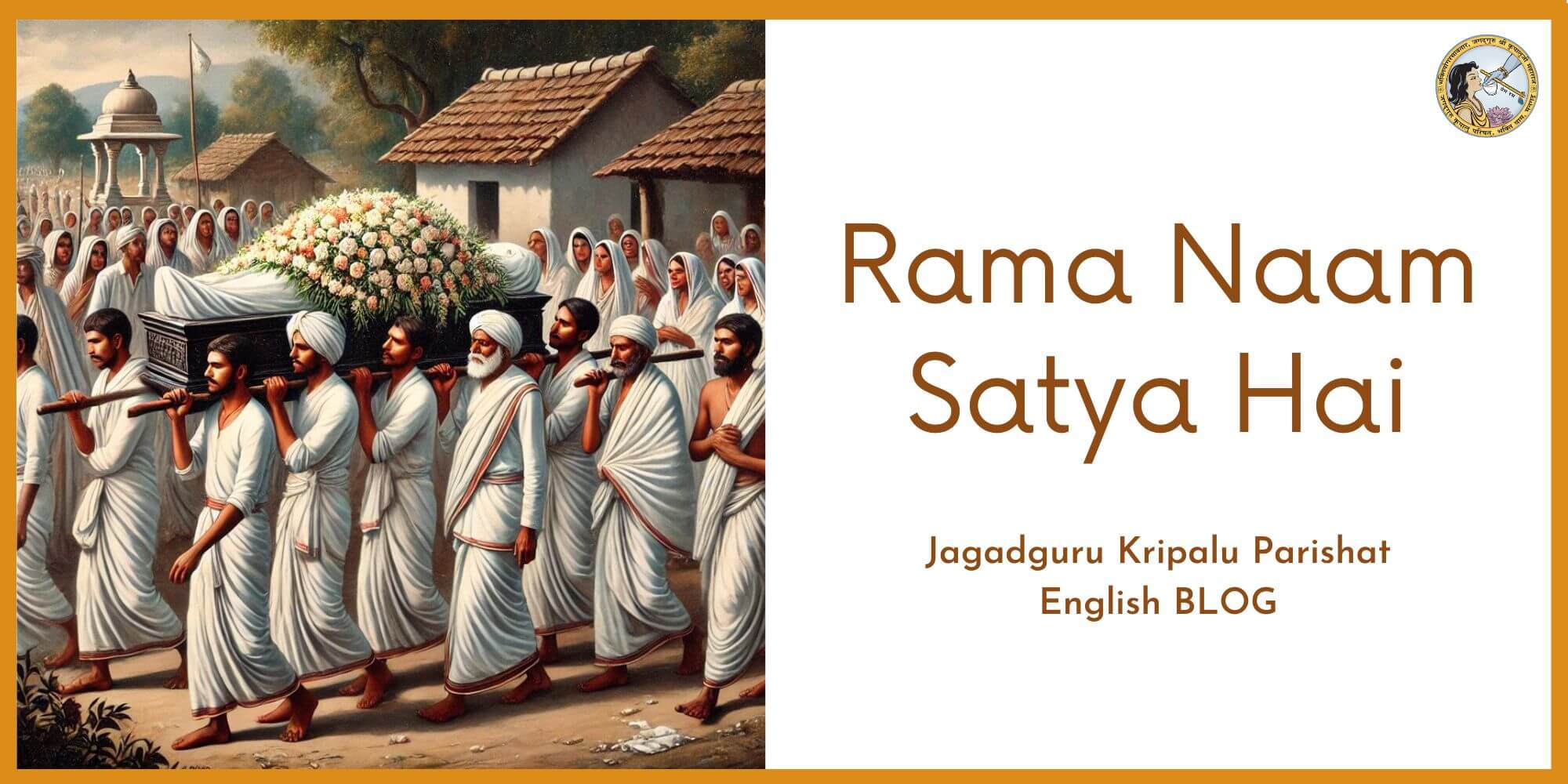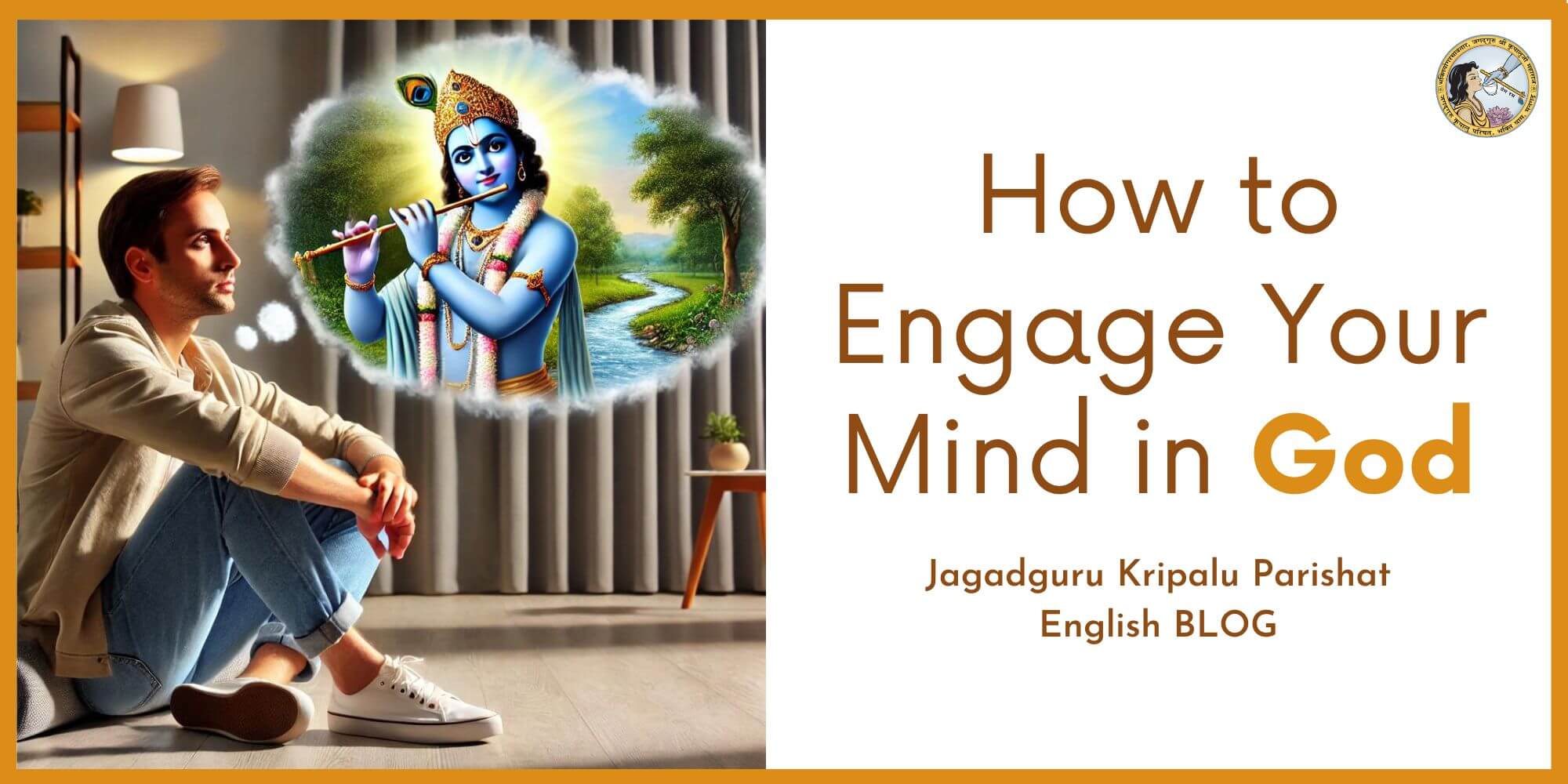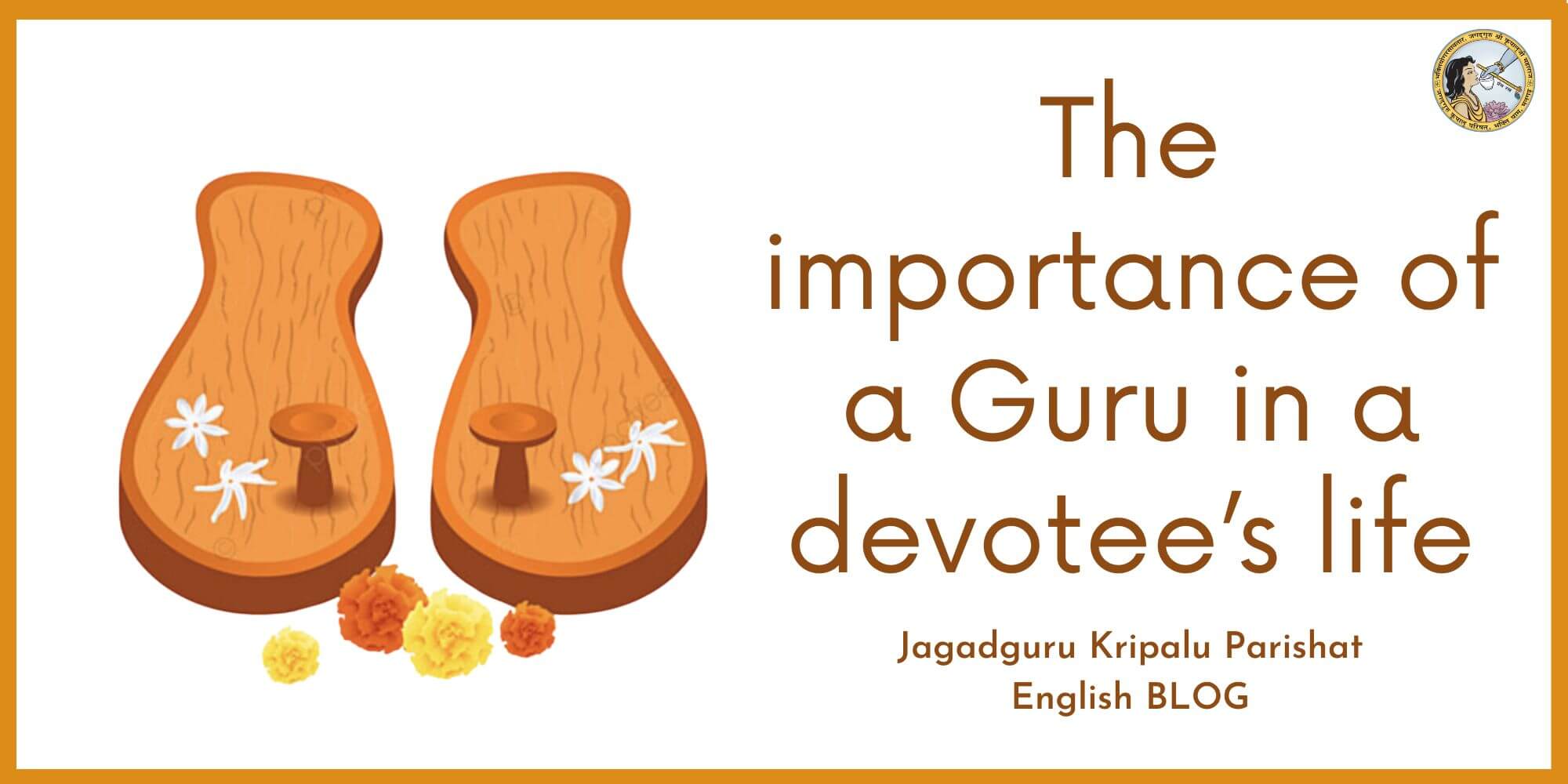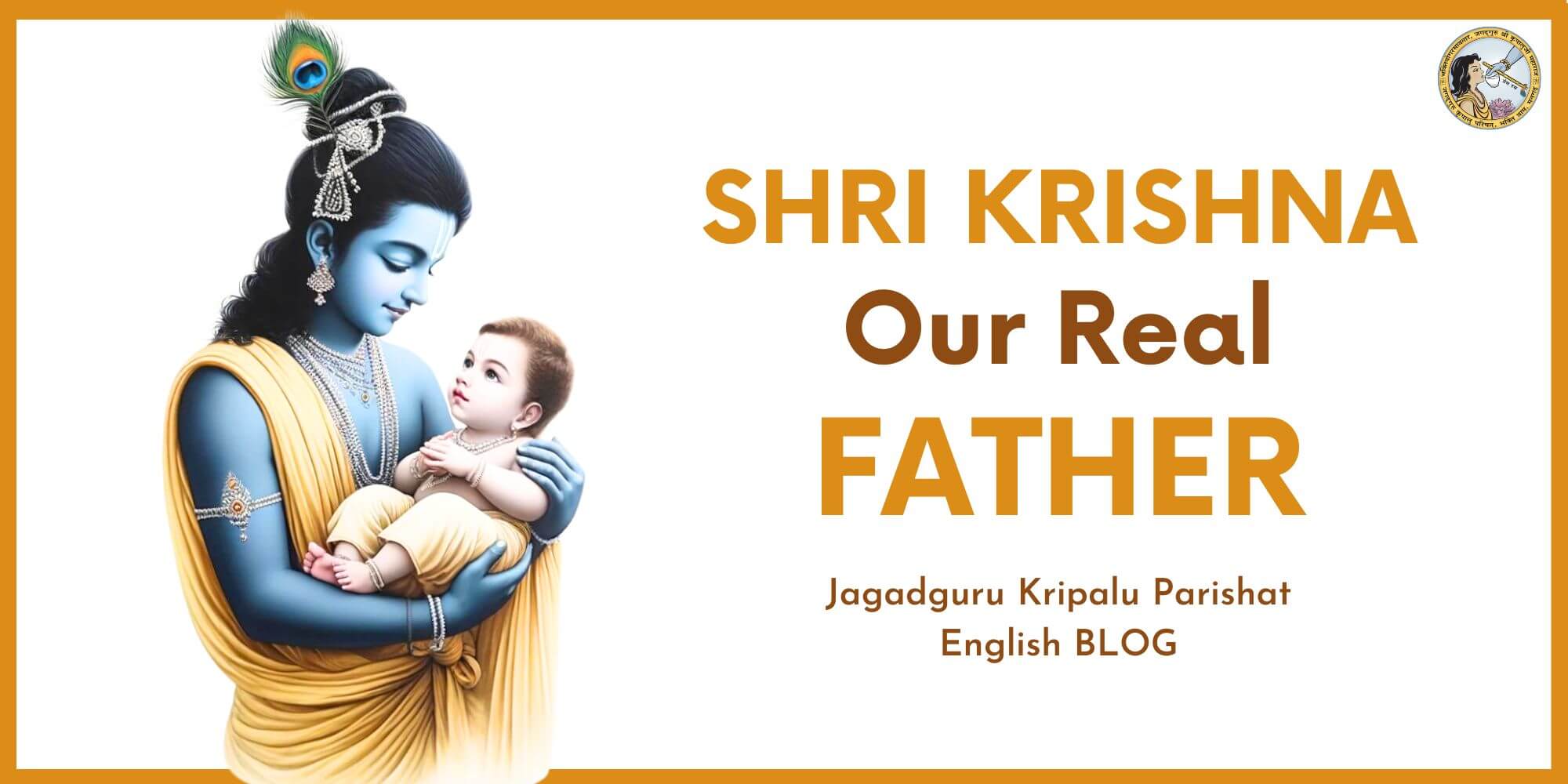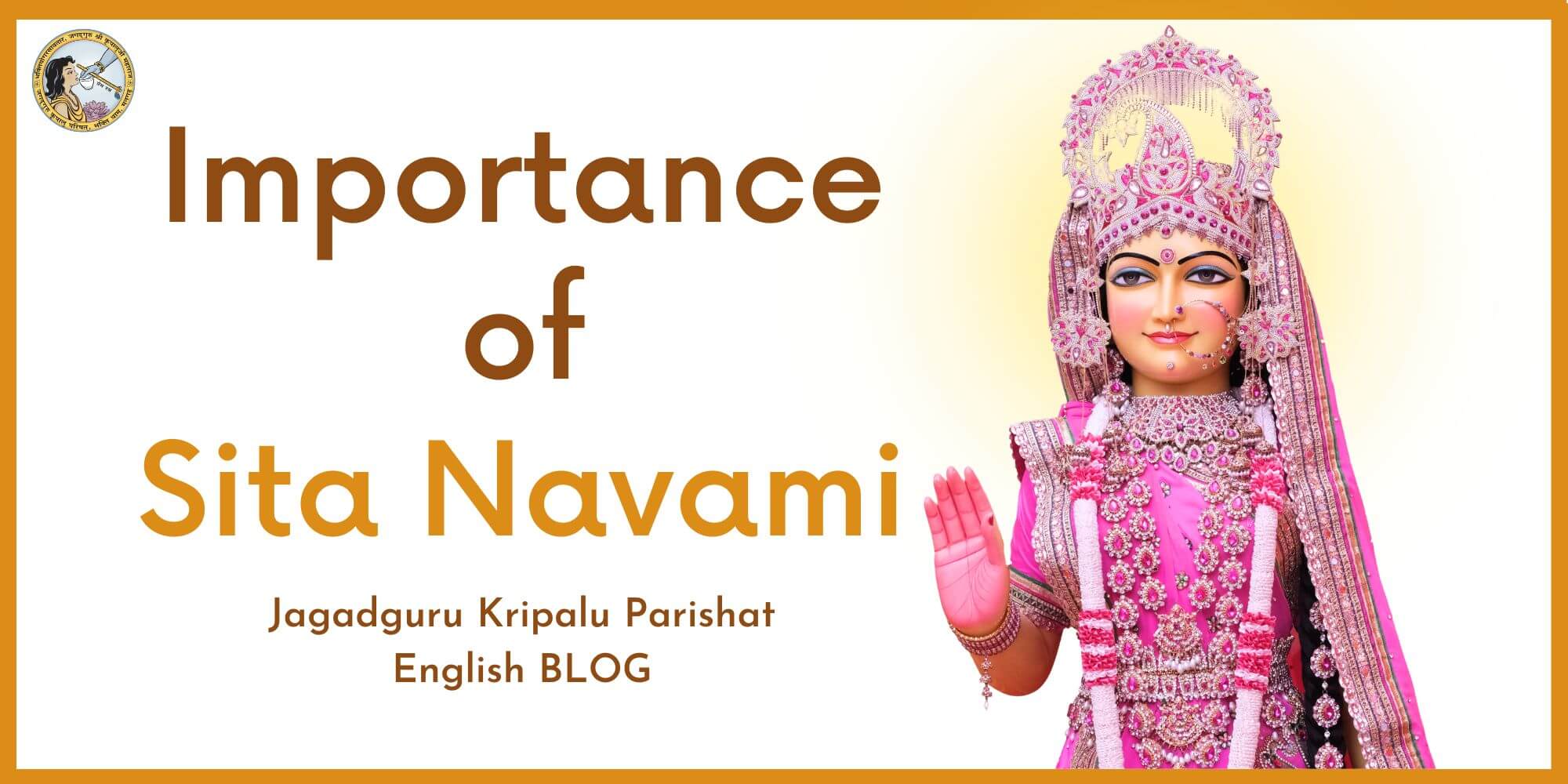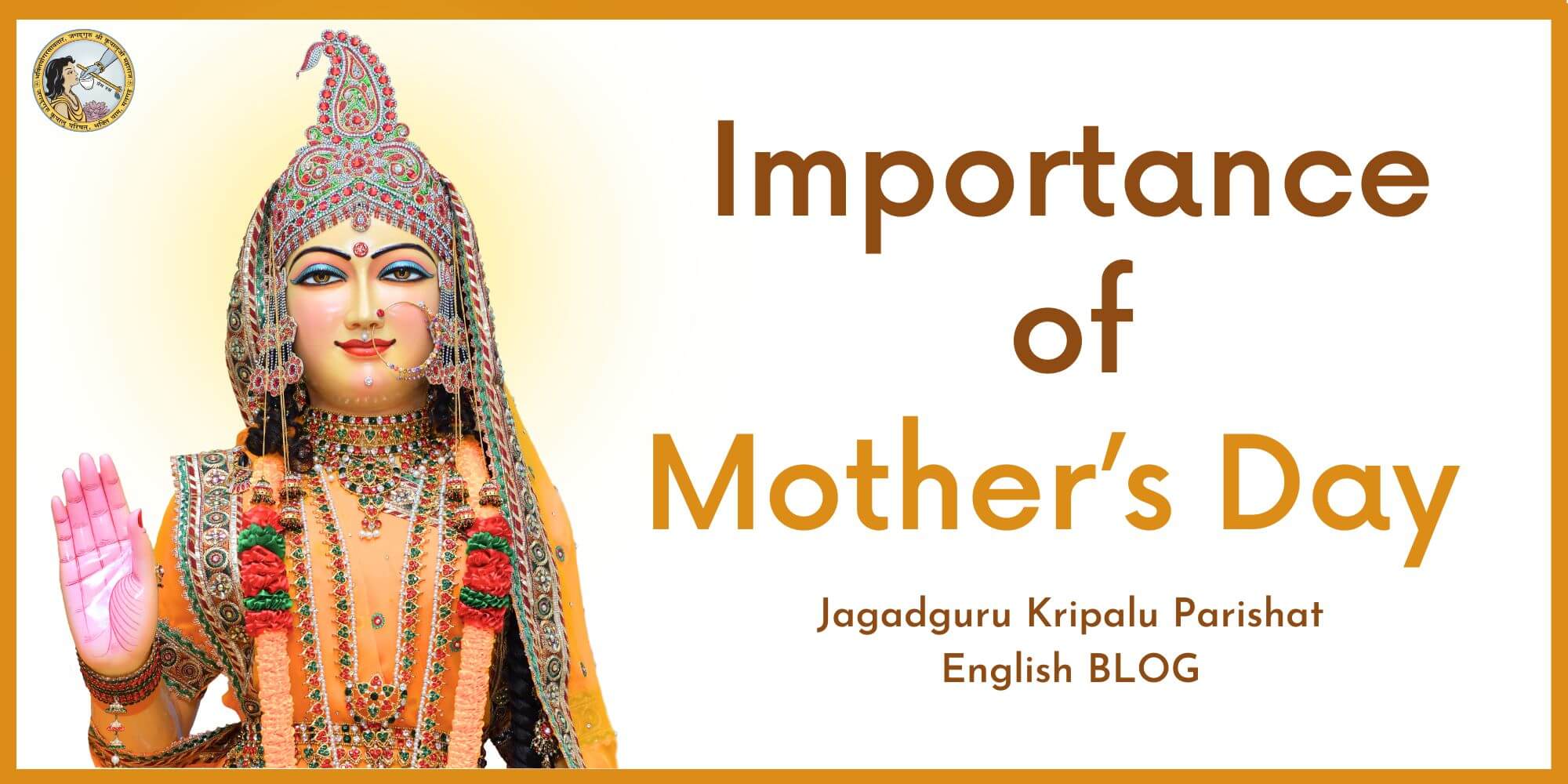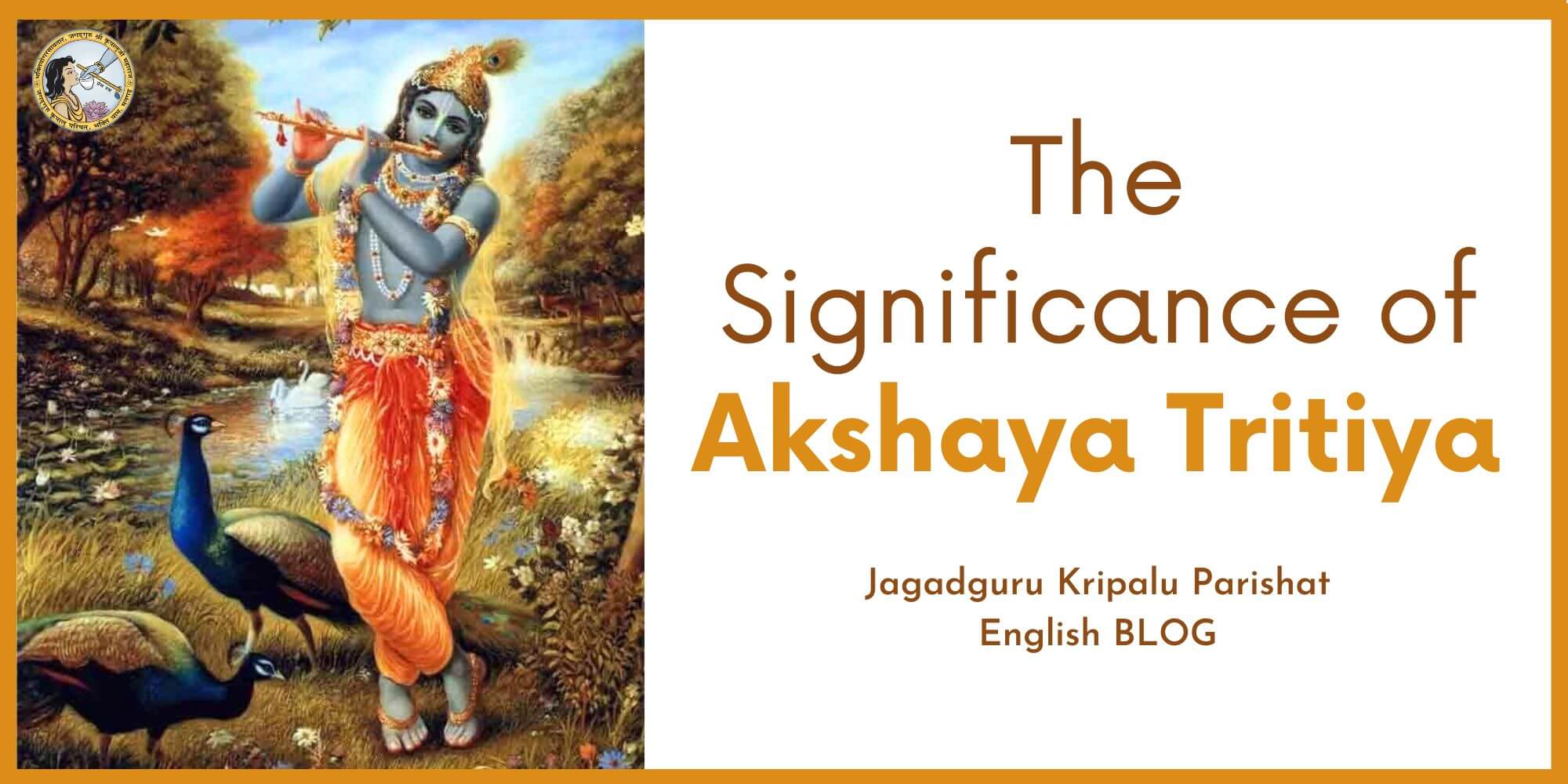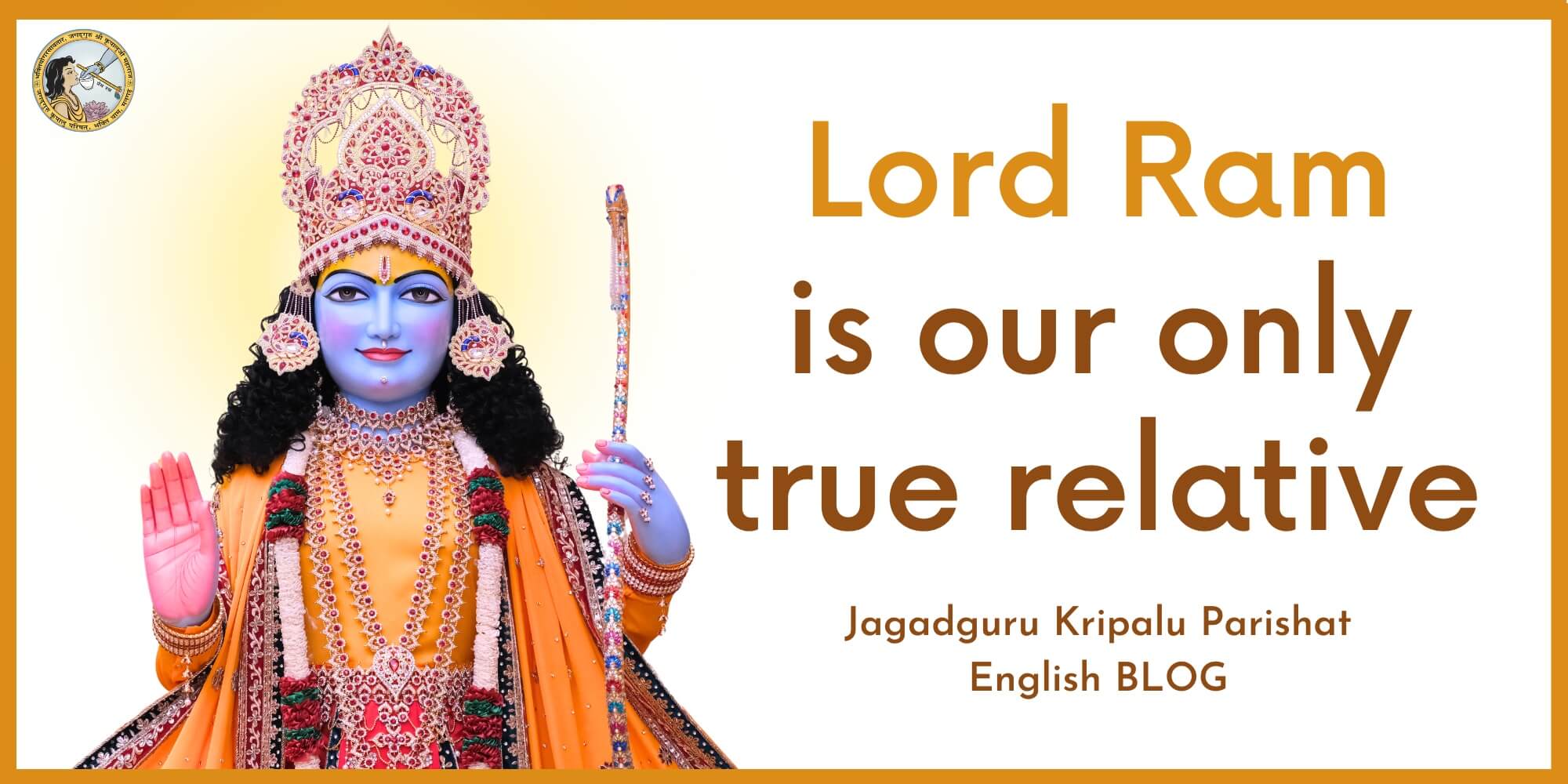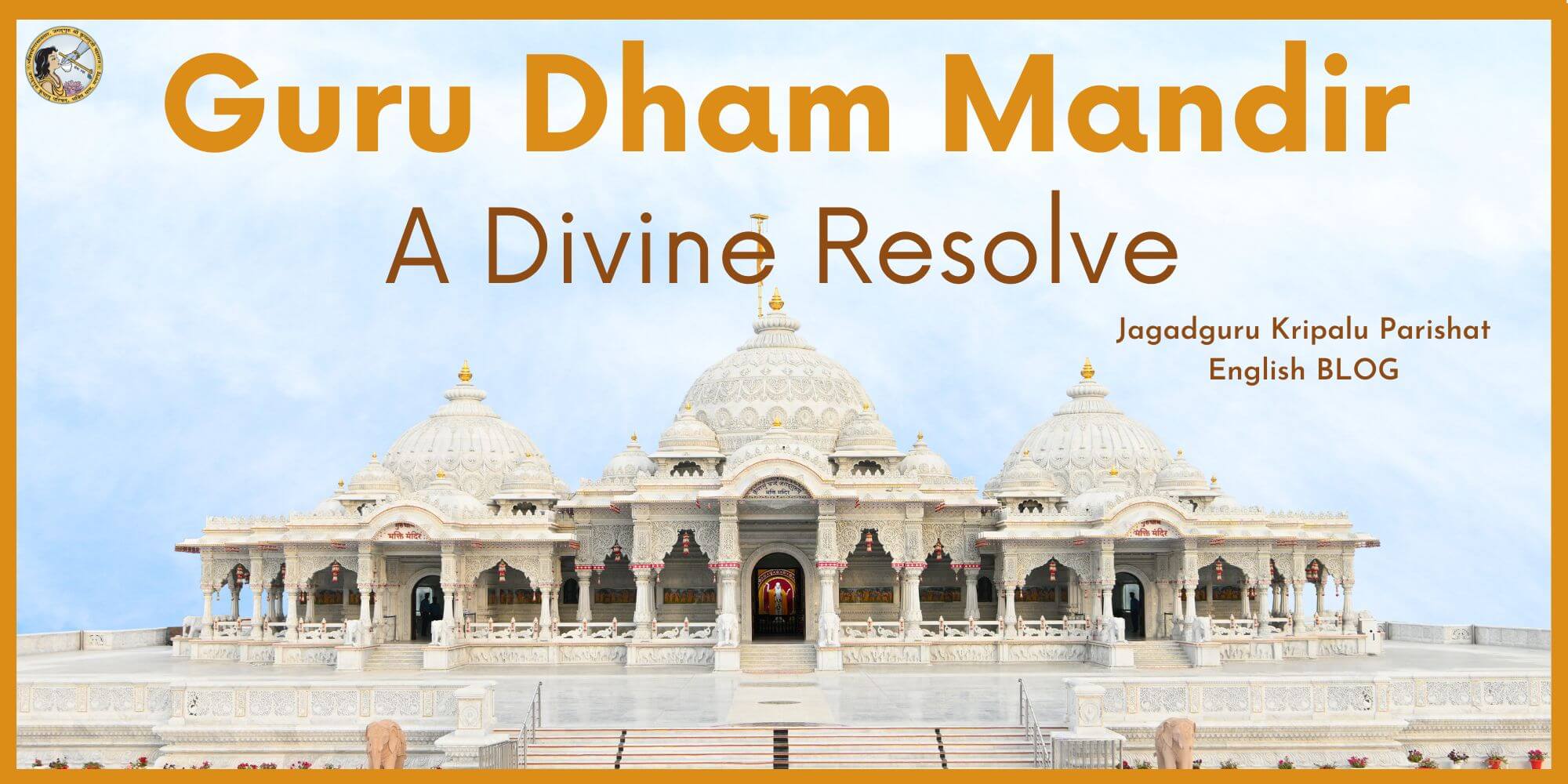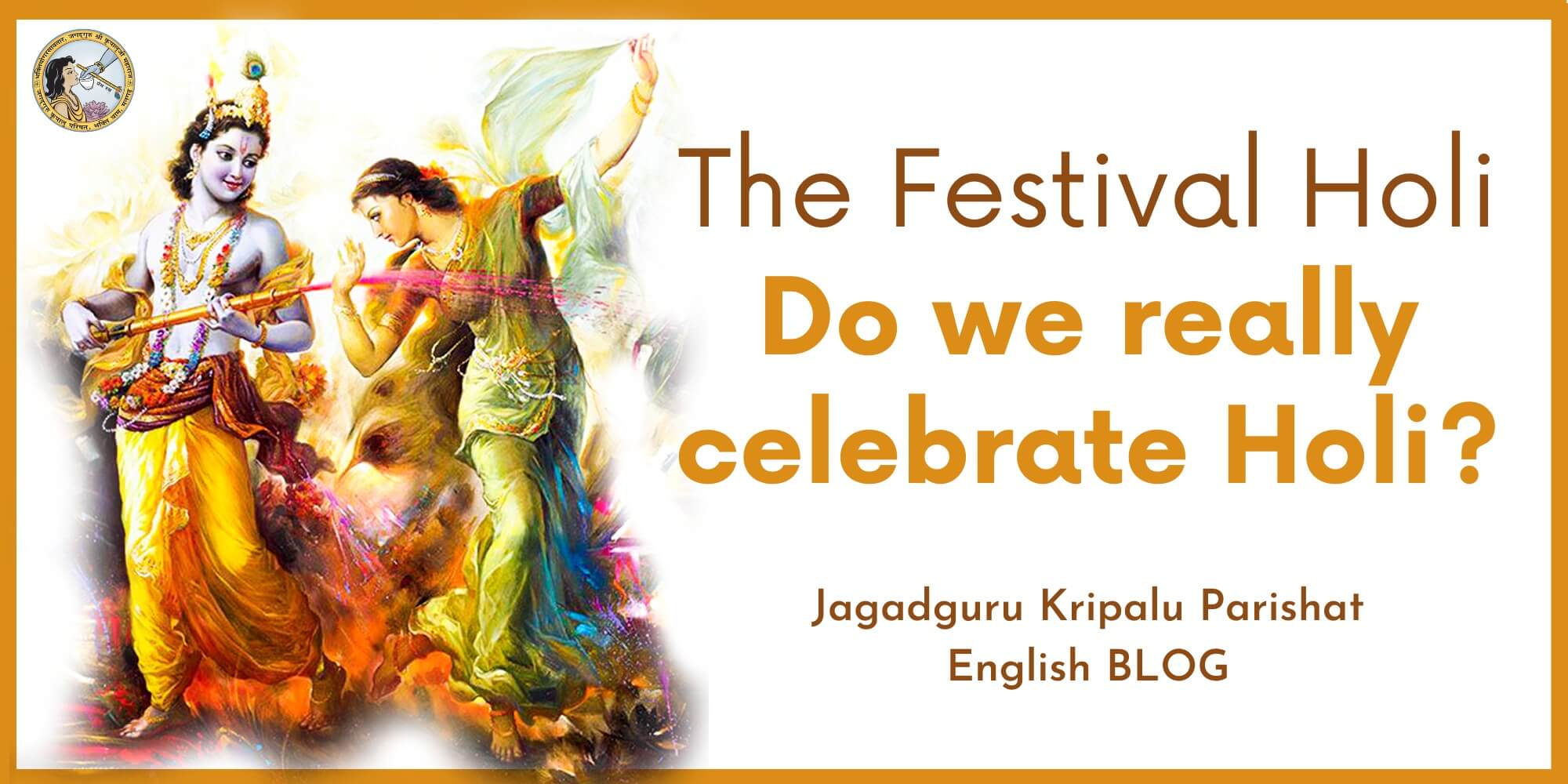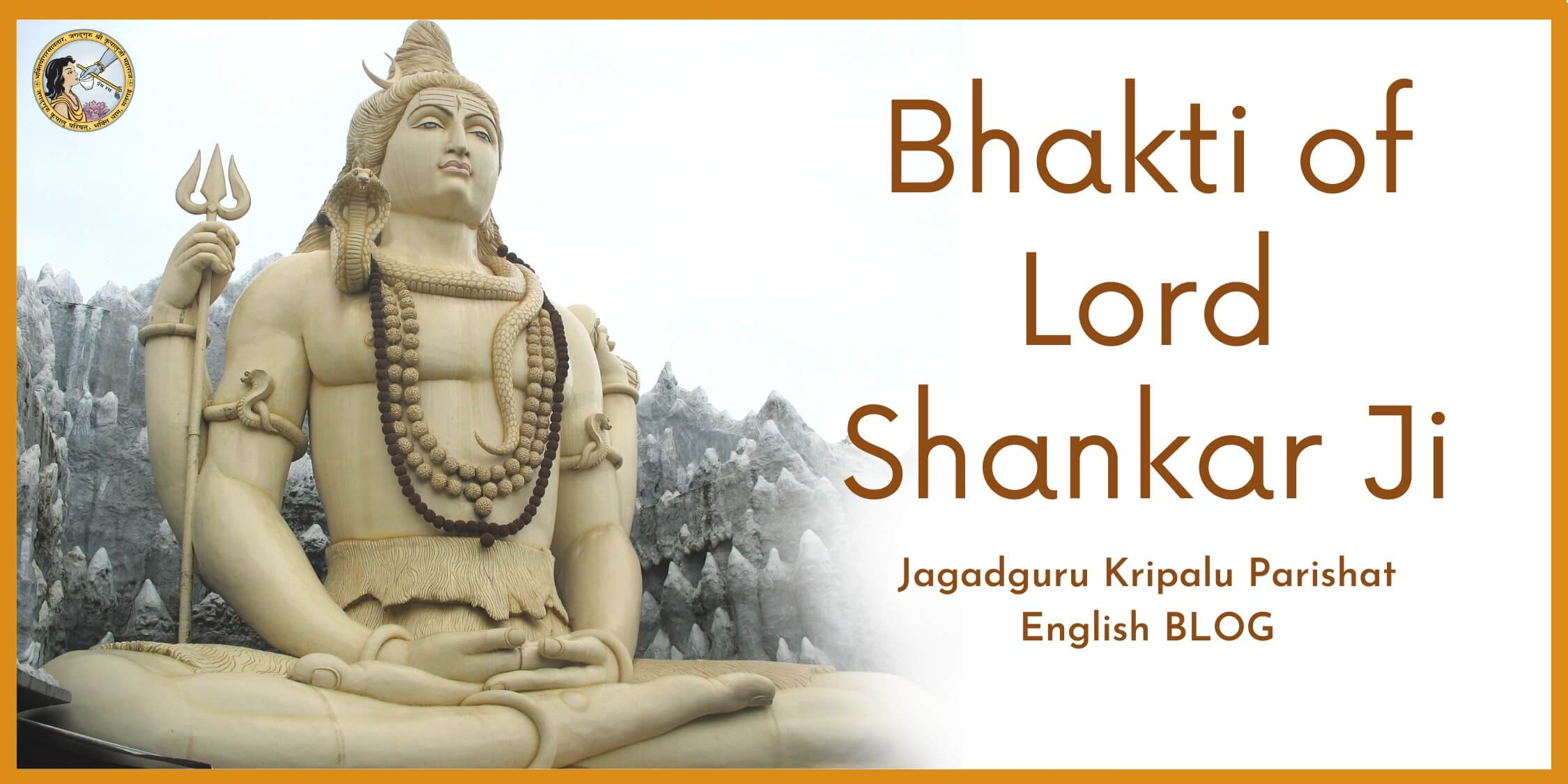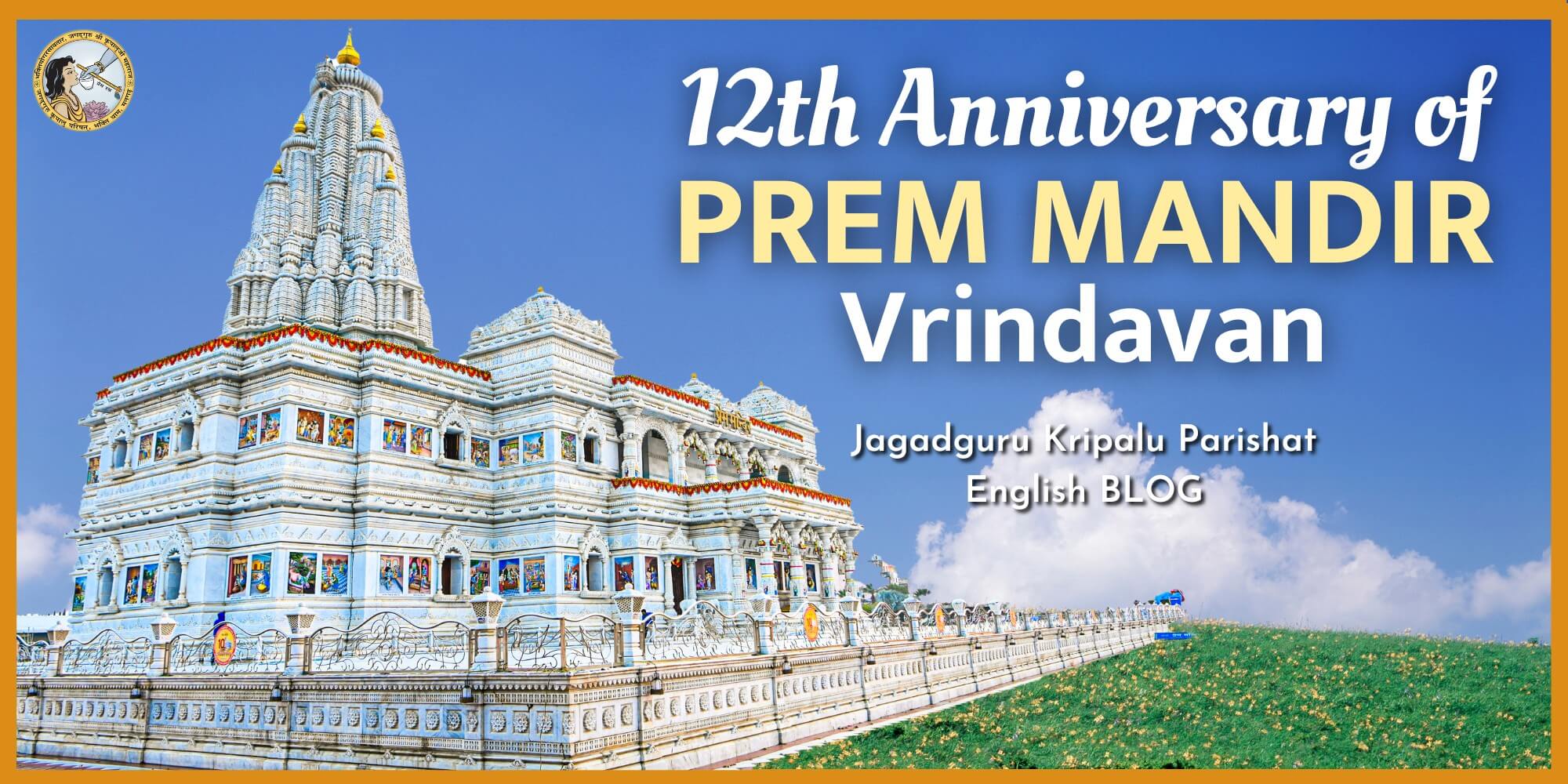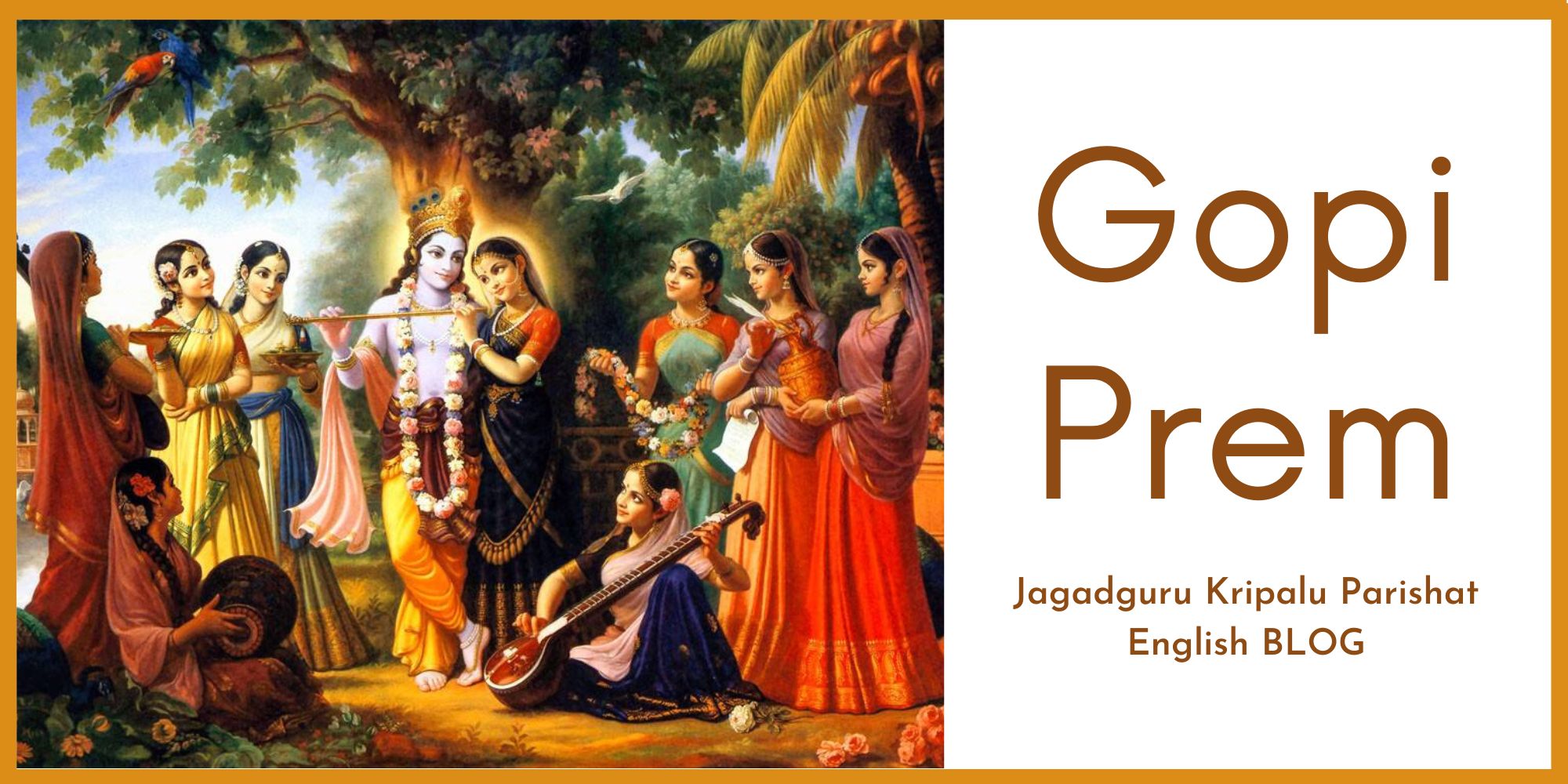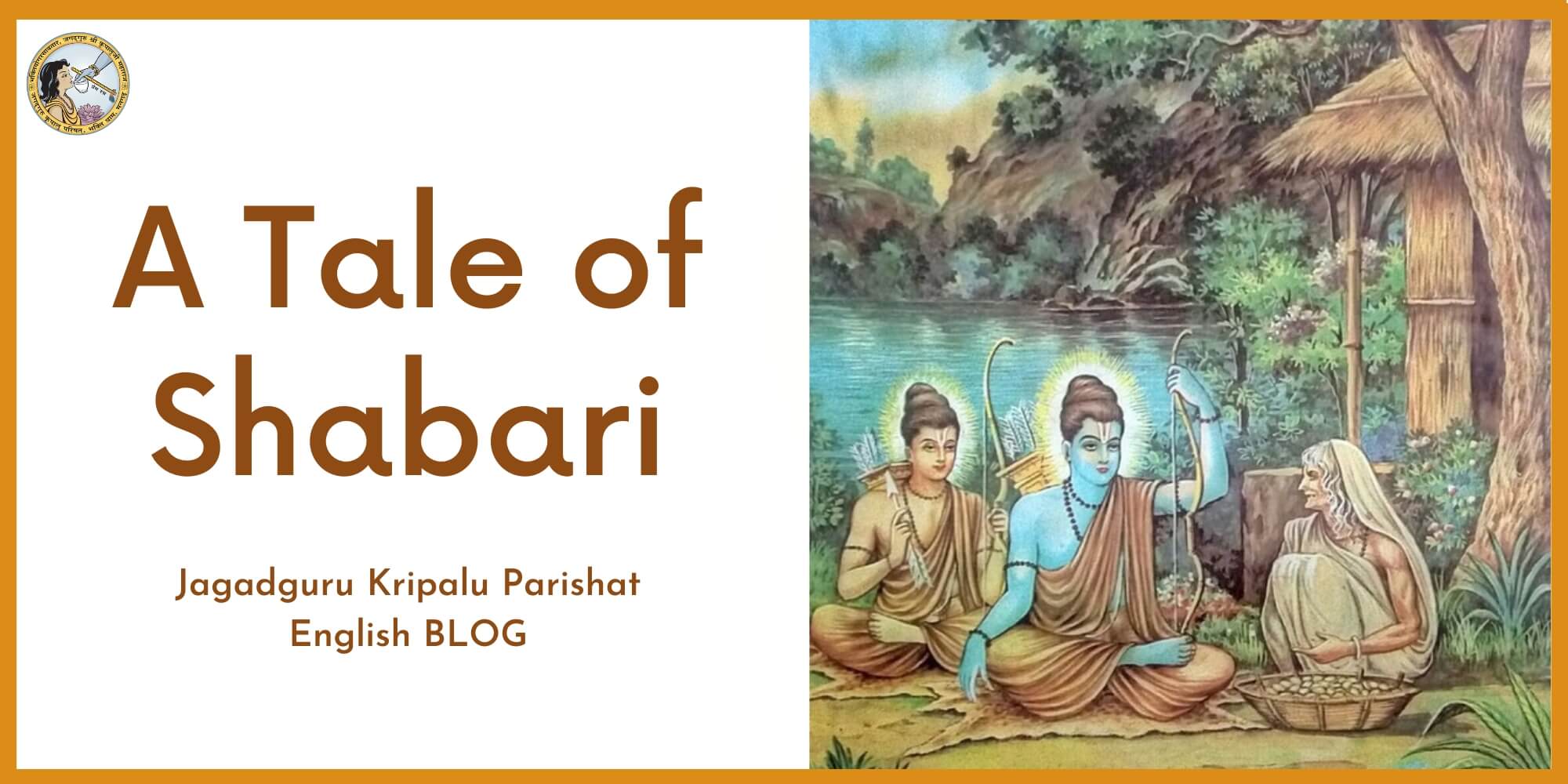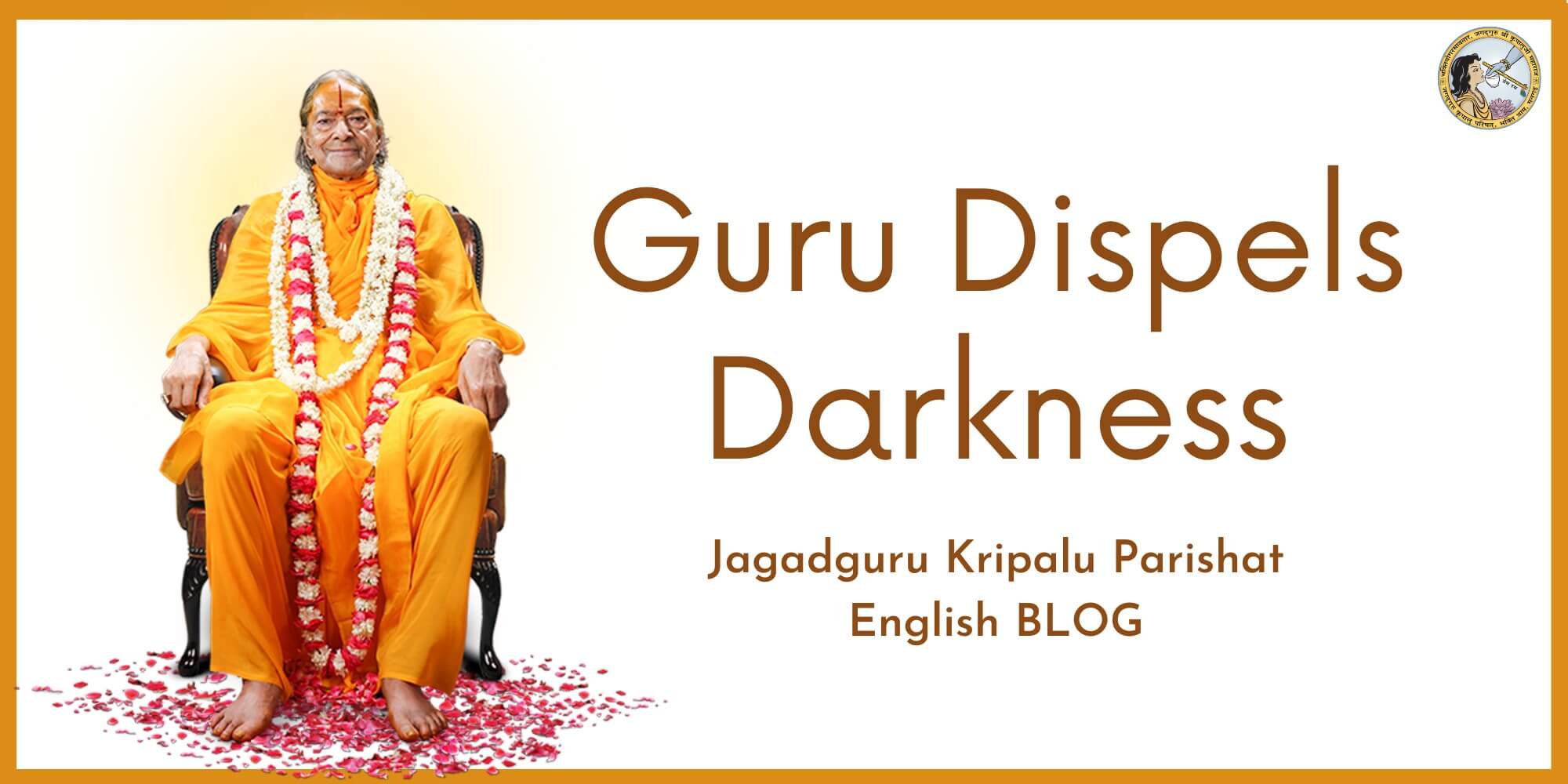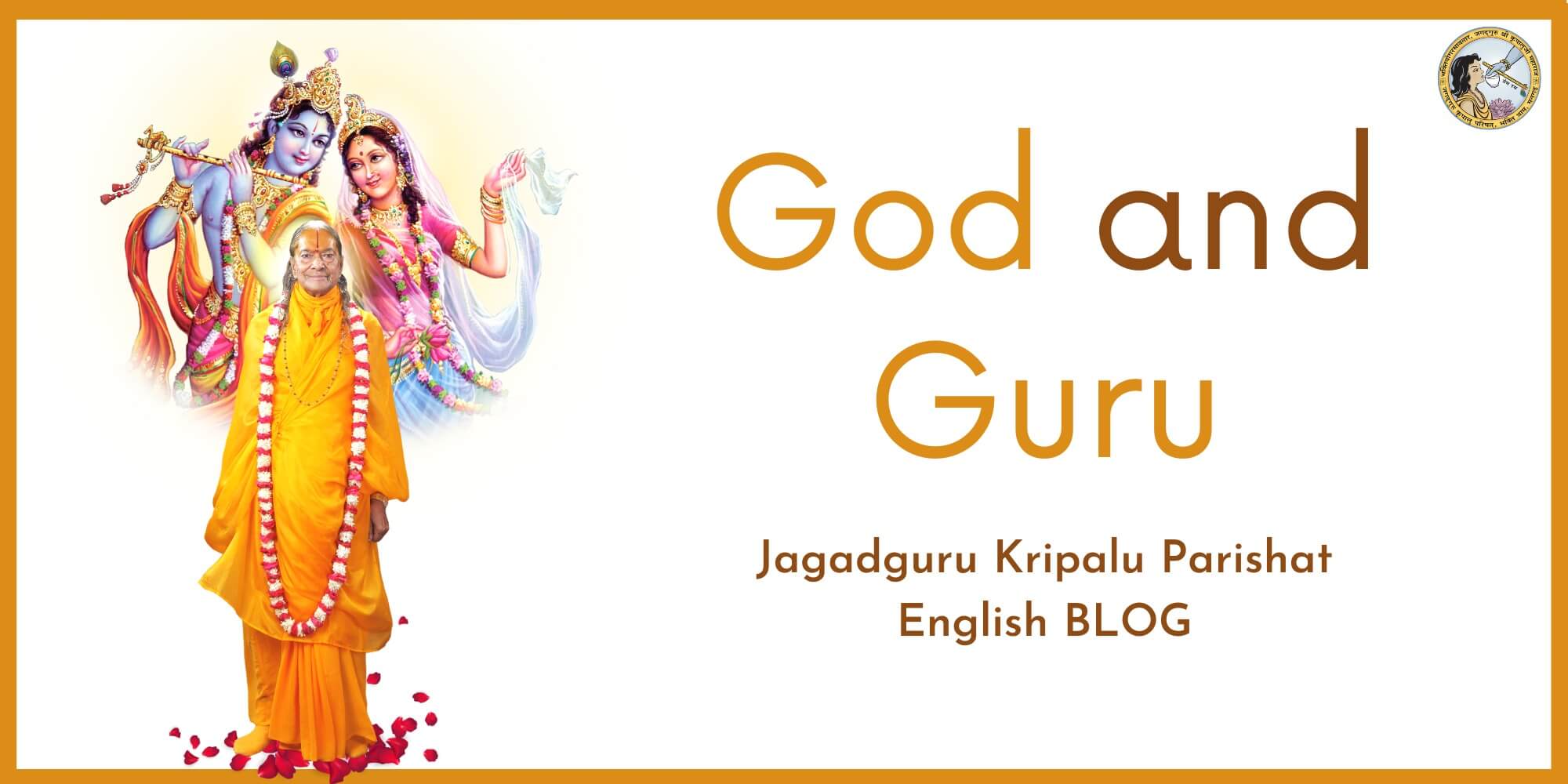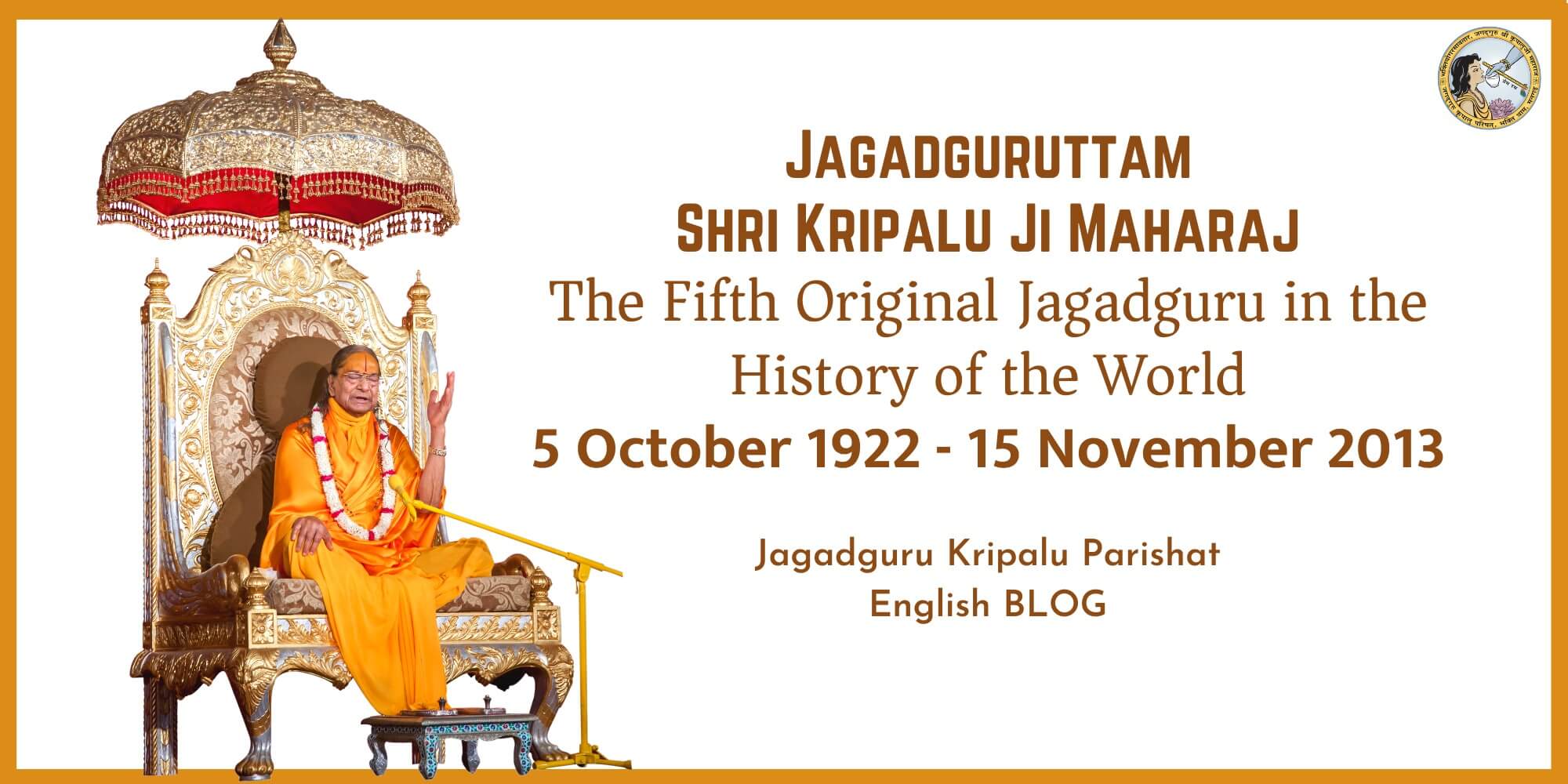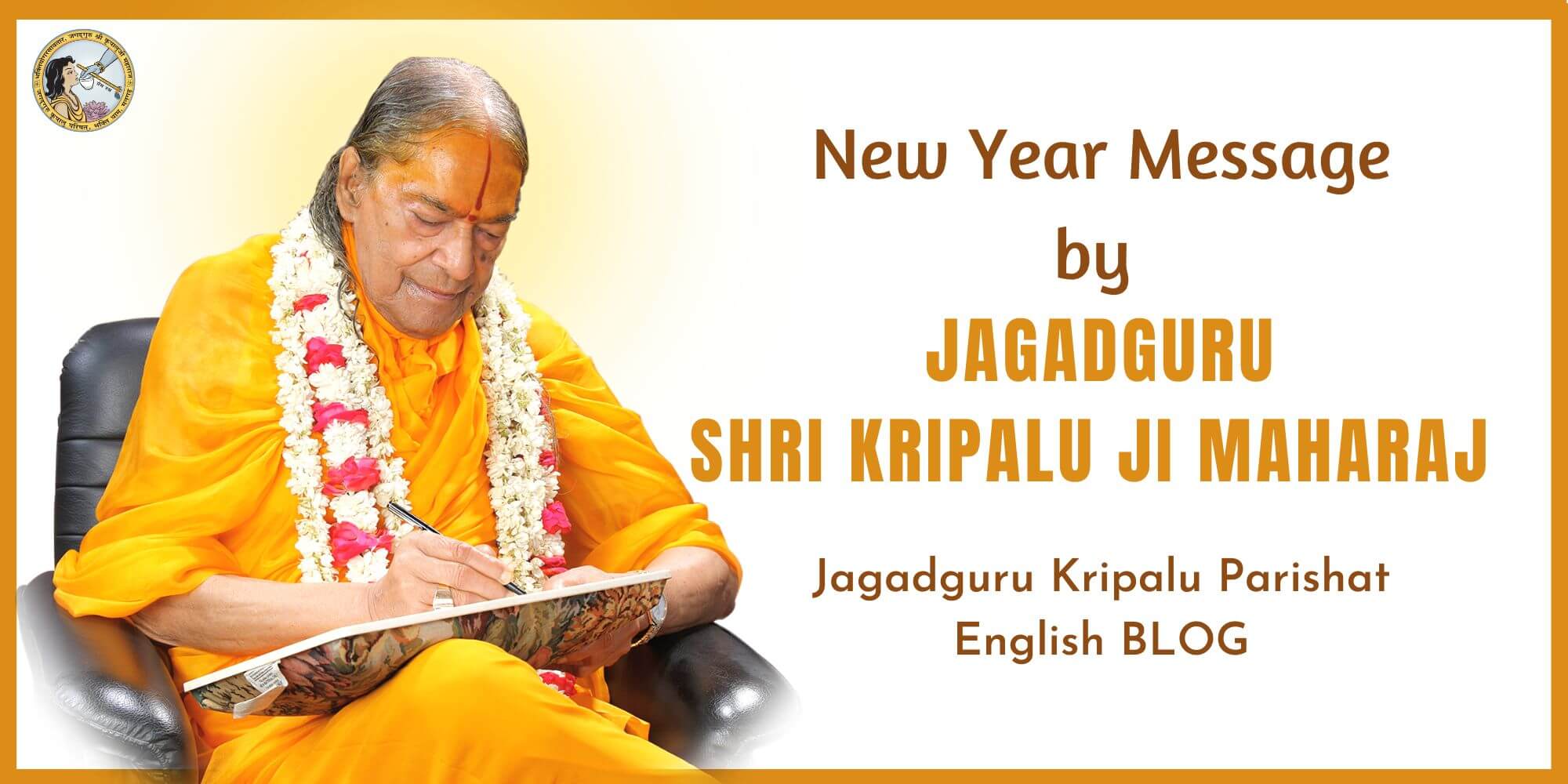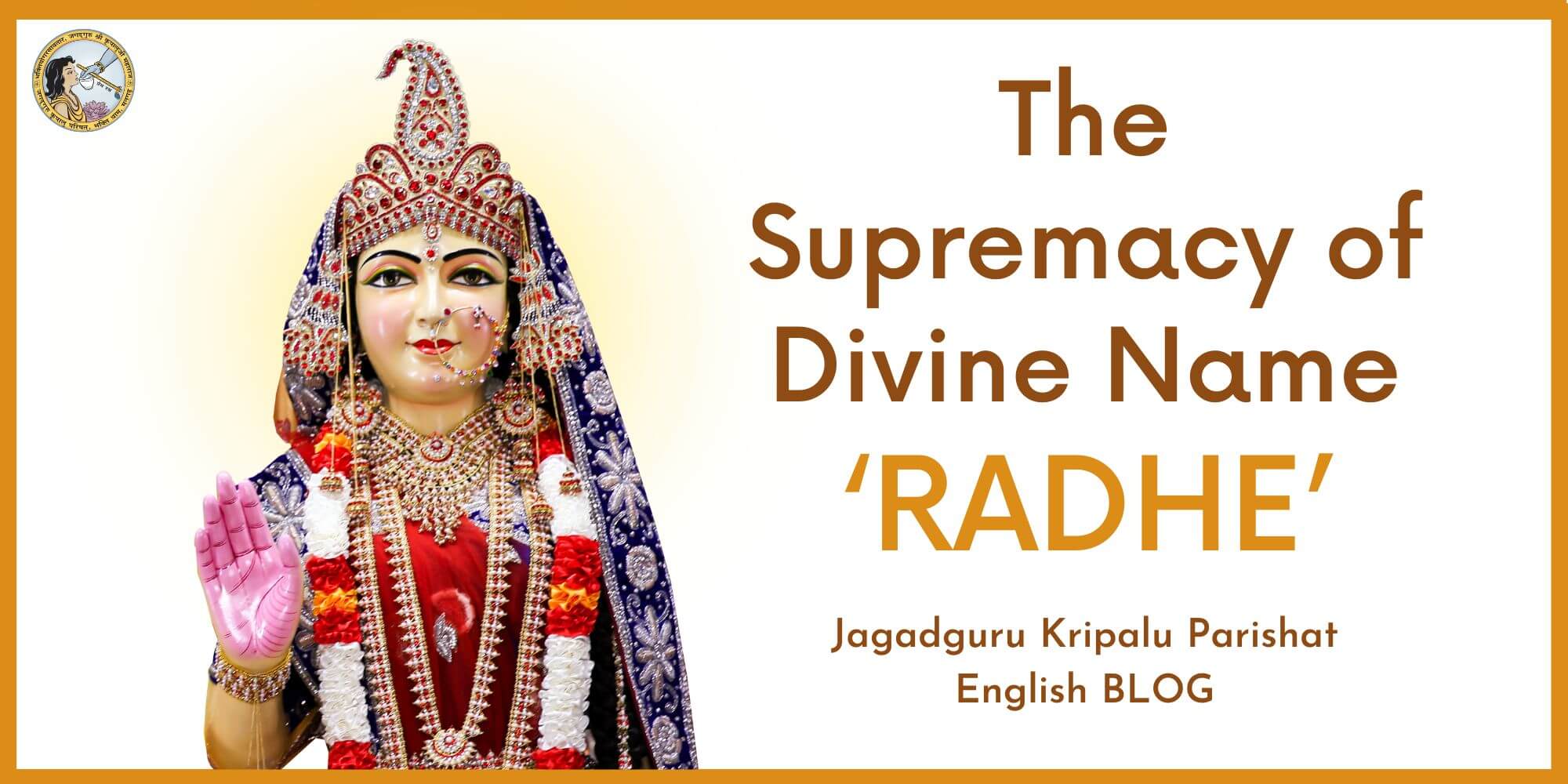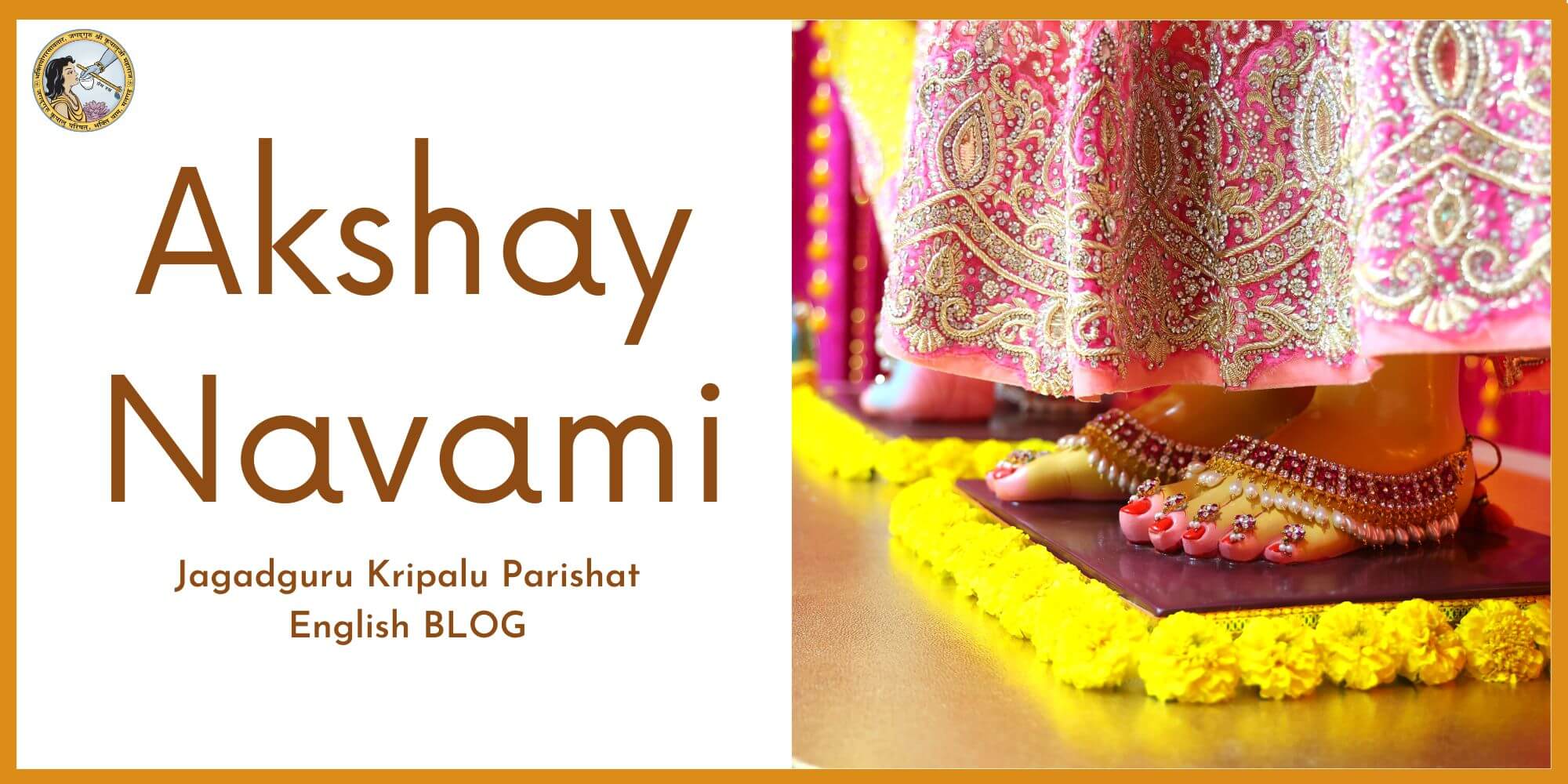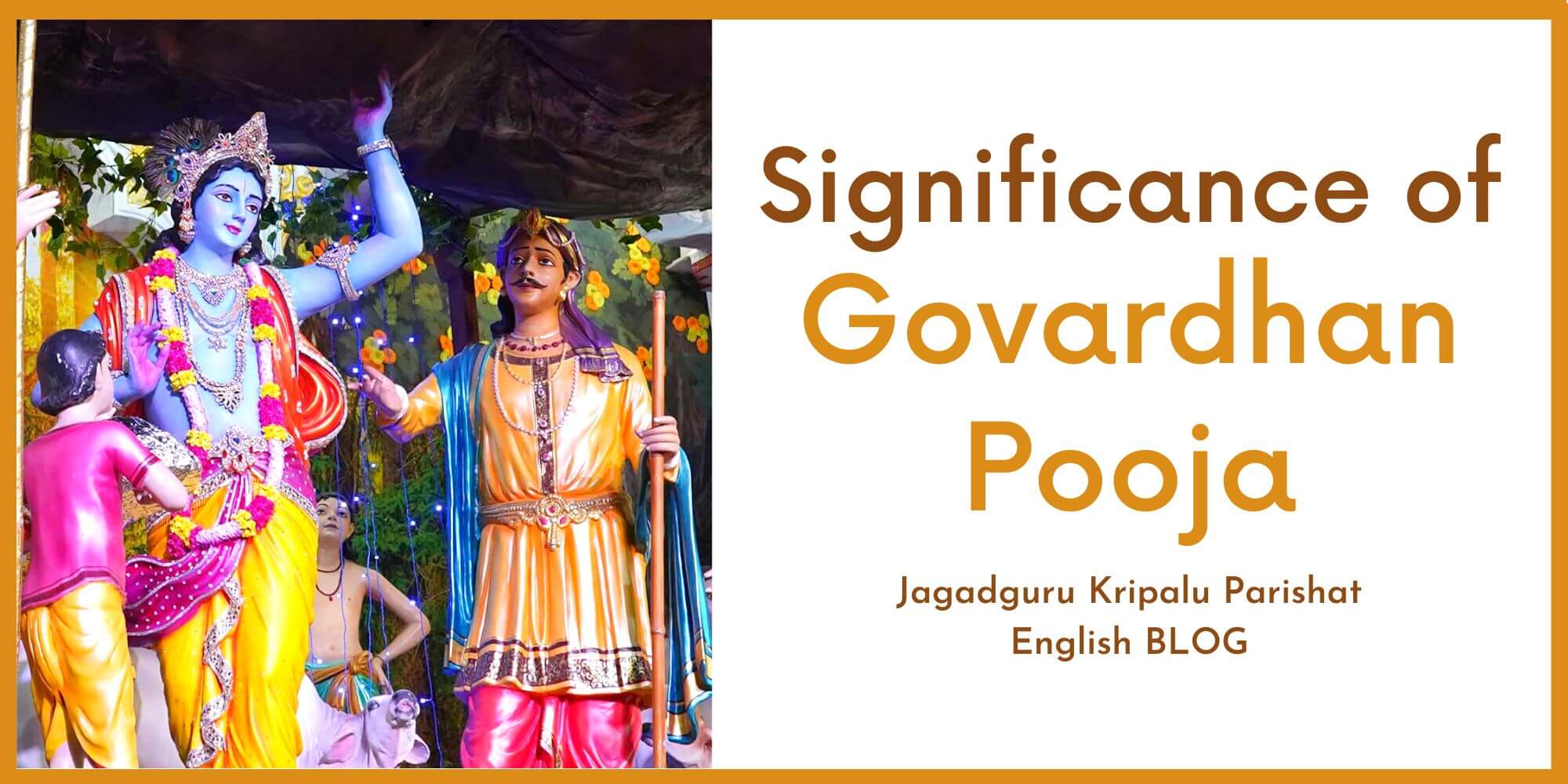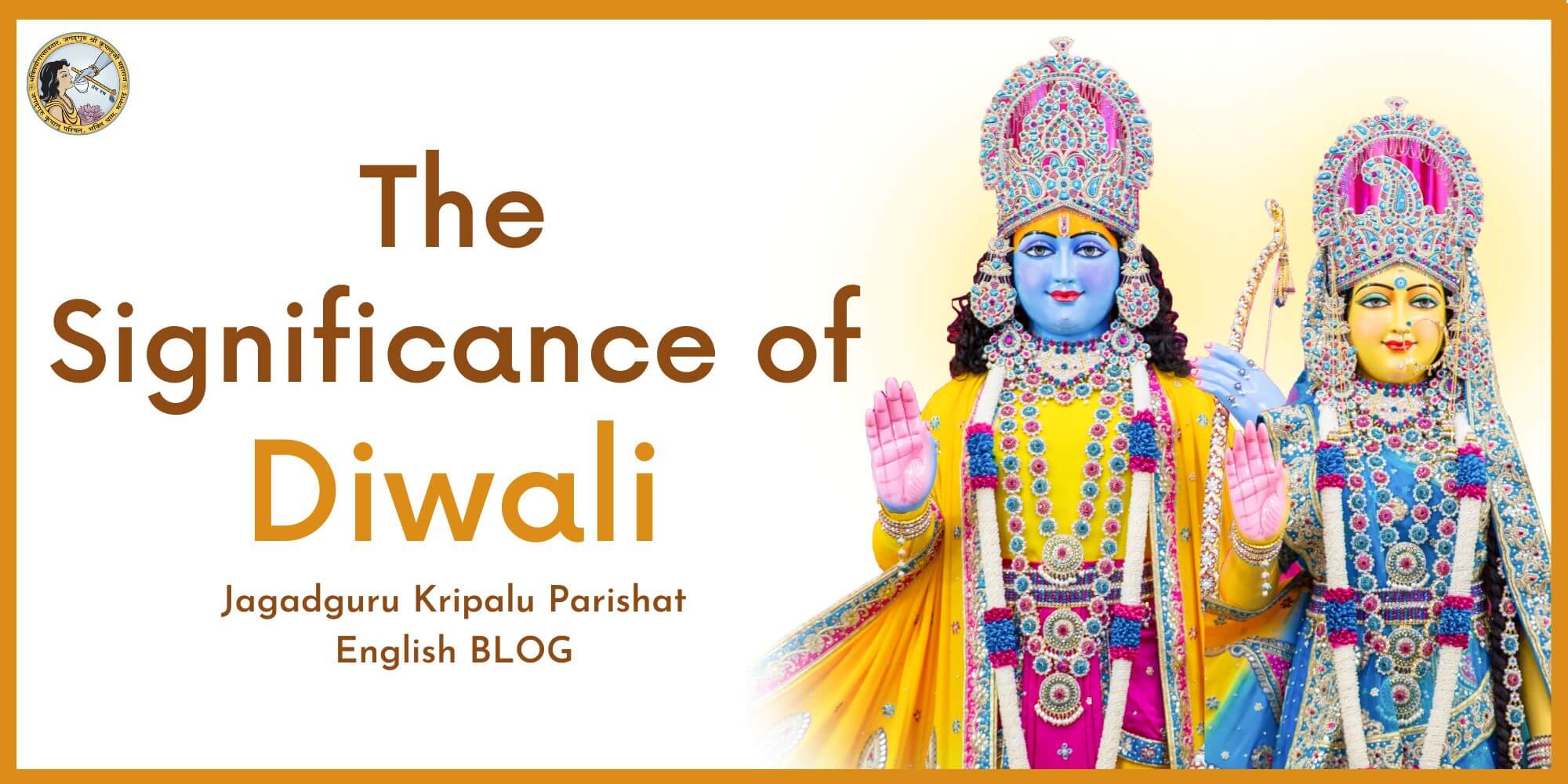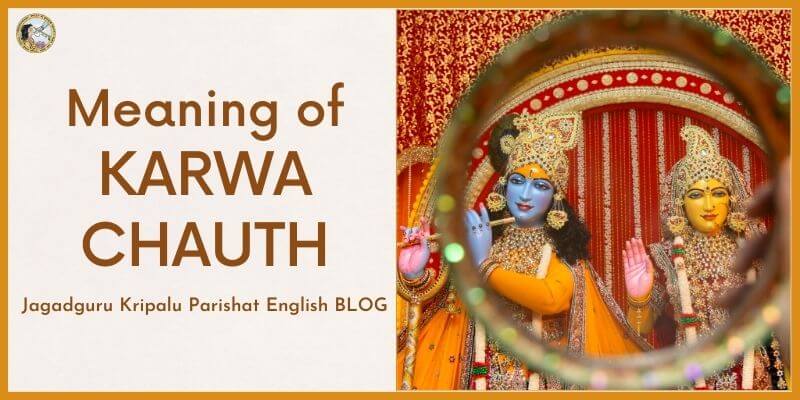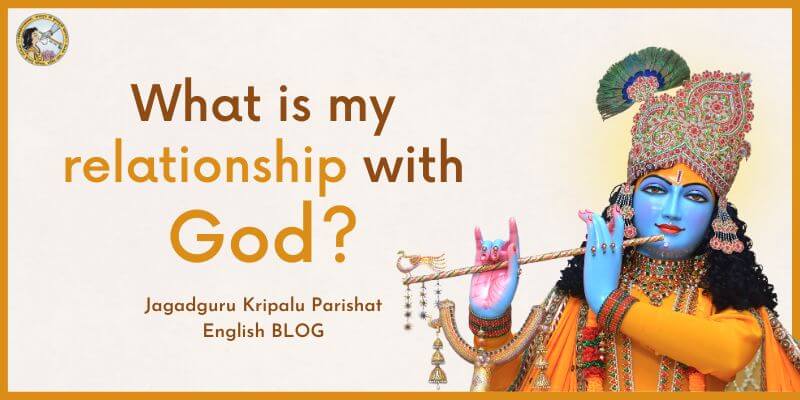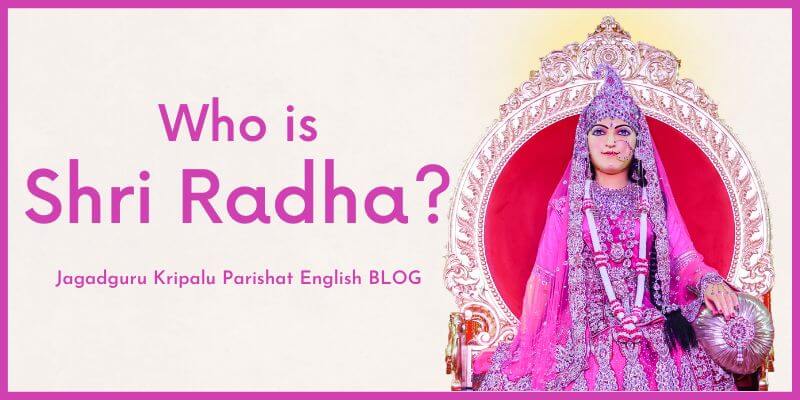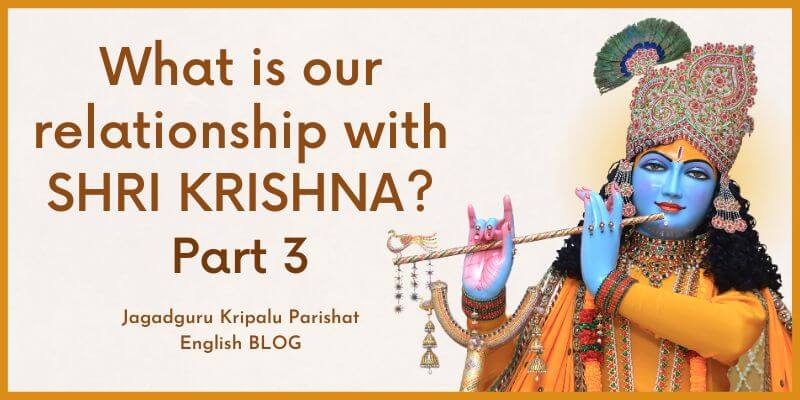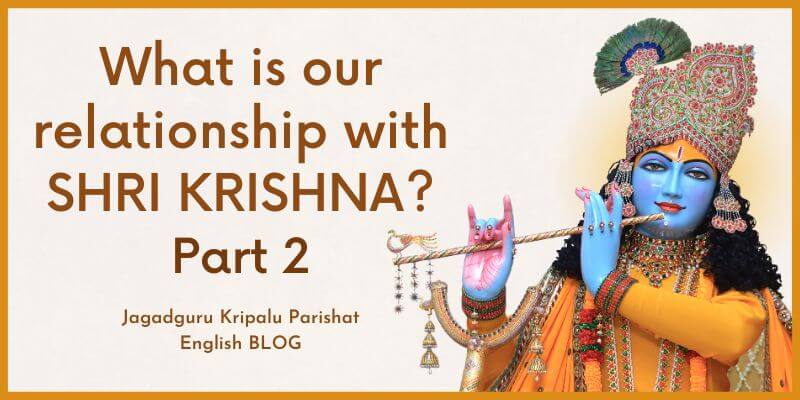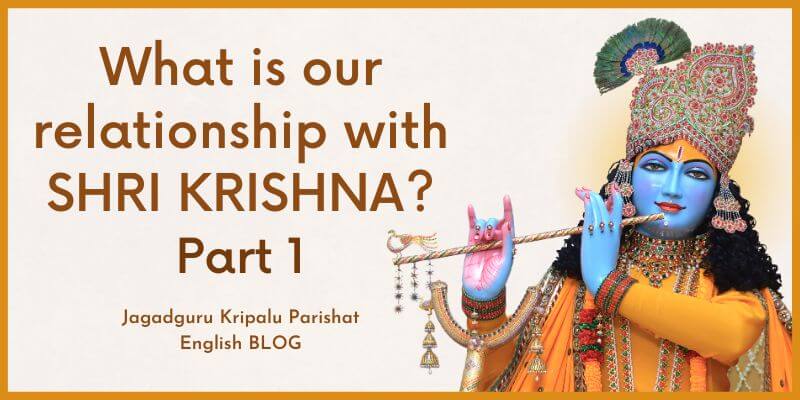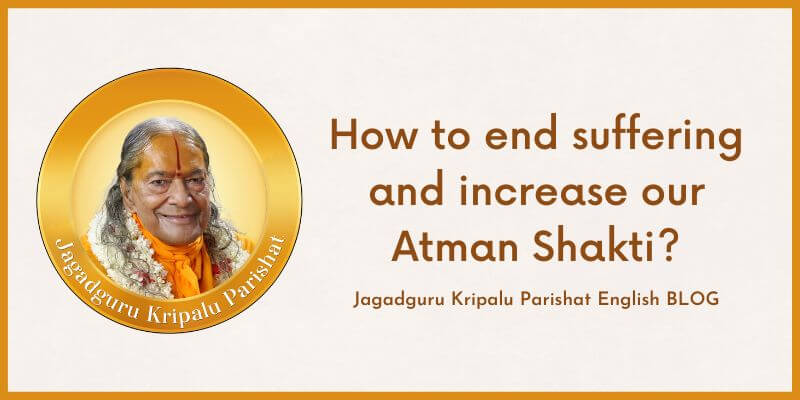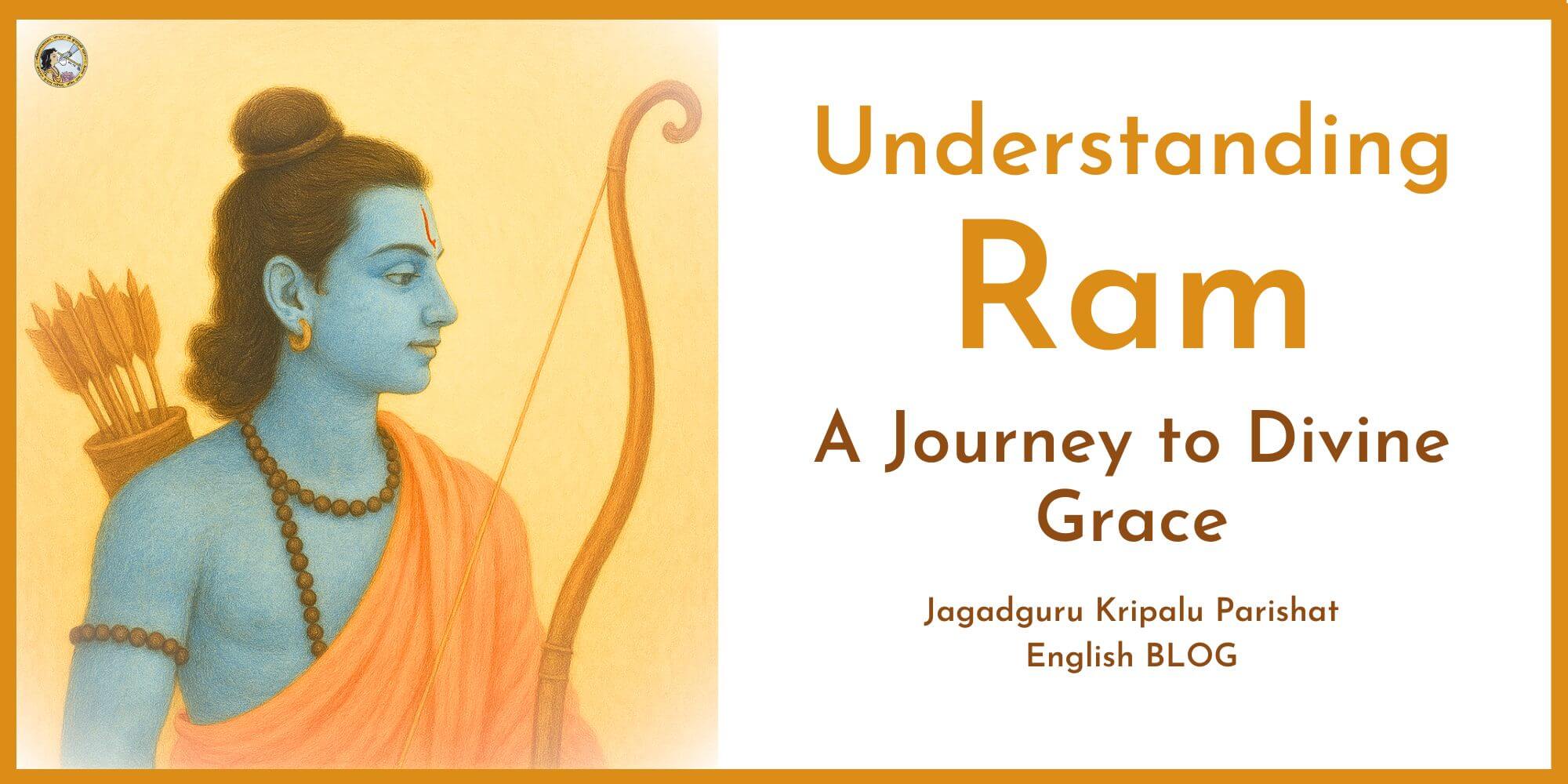The Ravan We Should Burn
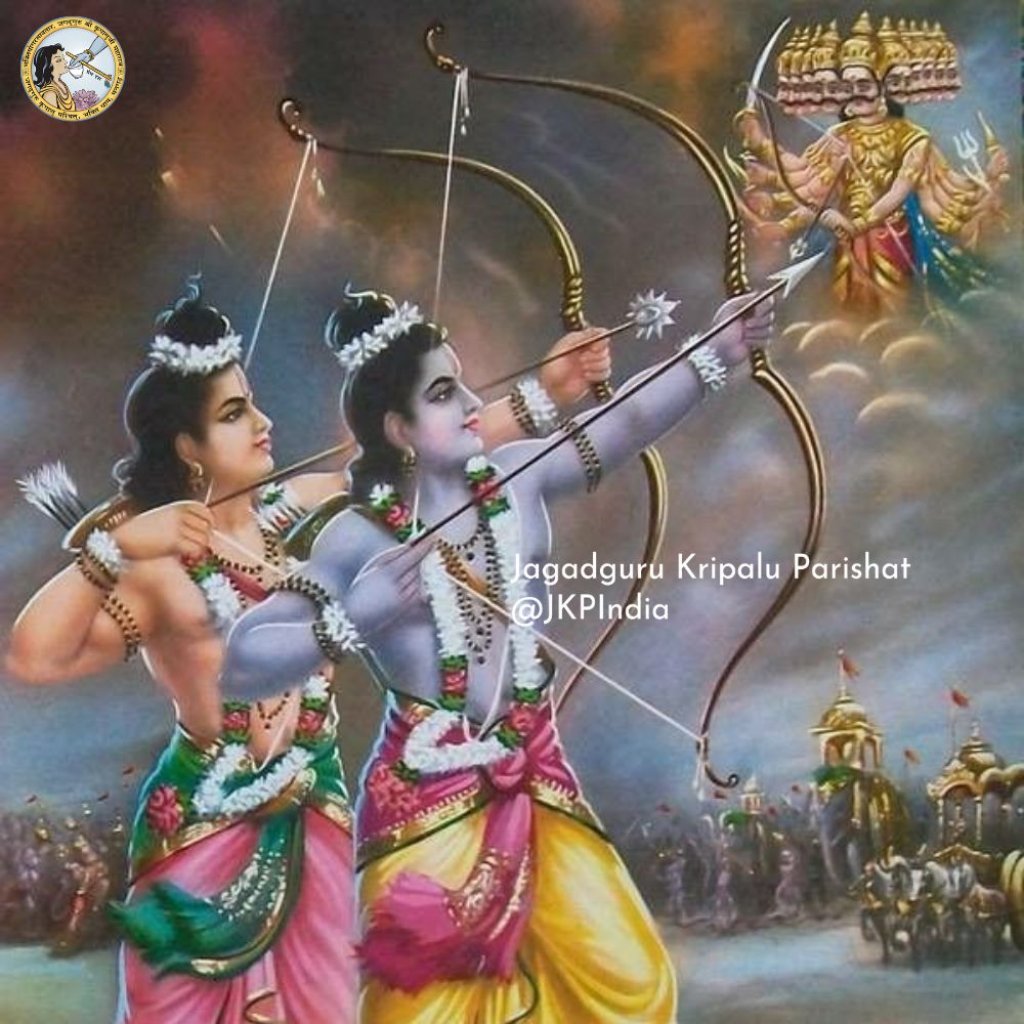
“Attachment to the world is Ravan. Destroy it with the arrow of devotion to God.” Each year, we witness the ritual of burning Ravan’s effigy. But who was Ravan, really?
Traditionally portrayed as the antagonist in the epic Ramayana, he was also a devoted follower of God. In fact, he hailed from Golok, serving as the gatekeeper to the divine abode.
He was one of the topmost saints, entrusted by God with a unique seva. What was this seva? God instructed him, “You will go to India and pretend to perform evil actions.” This role was a divine act—an acting performance, not in fact. A saint, by definition, cannot even entertain thoughts of wrongdoing.
The Vedas challenge that once someone attains God, the mother of ignorance, Maya, goes away for eternity..
Ravan was a devoted Brahmin who practised deep devotion to Lord Shankar. Through his unwavering dedication, he pleased Shankar Ji and received powerful boons, which enabled him to write profound commentaries on the four Vedas.
When we consider the narrative of Ravan, especially the act of kidnapping Sita, it’s crucial to understand the context. Some may label this act as sinful, but from a spiritual perspective, Ravan was merely acting in accordance with the divine seva assigned to him. He was fulfilling a role that was part of a greater cosmic play.
When Ravan kidnapped Sita, he took her to a separate garden rather than his palace. This raises important questions about his intentions. If he truly harboured ill will, why wouldn’t a powerful figure—one whom even Indra, Varun, Kuber, Yamraj, the Sun, and the Moon feared—simply take Sita to his palace and act inappropriately?
Instead, Ravan placed Sita in a garden, surrounded by women attendants tasked with guarding her. And waited for his death. He even granted her a one-month grace period, saying, “I am giving you one month’s time. Think and decide.” This action is telling. A lovesick and powerful person, consumed by desire, would hardly exhibit such restraint by giving even a one-day notice, let alone an entire month!
The annual act of burning Ravan’s effigy serves as a symbolic reminder of the triumph of good over evil. However, we must recognize that we don’t need to kill or burn Ravan in a literal sense. Doing so offers no real benefit; instead, we should focus on what Ravan represents—our attachment to the world caused by Maya. We cannot destroy Maya also because it is God’s power.
The root of our problems lies in the belief that happiness can be found in the material world. This illusion is what fuels our attachment to the world. It is this attachment that we must seek to destroy.
So, how can we destroy this attachment? It will be destroyed by the arrow of devotion to Shri Krishna.
Once this attachment is destroyed, there will be no delay – even for a moment in our realisation of God. The true Ravan, then, is our own worldly attachments which we must seek to destroy.
*A brief introduction of Jagadguru Shri Kripalu Ji Maharaj*
(Known by His devotees as Shri Maharaj Ji)
The original title of Jagadguruttam (Greatest Spiritual Teacher of the World) was bestowed upon Shri Kripalu Ji Maharaj on January 14, 1957, by Kashi Vidvat Parishad (a council of 500 greatest scholars saints of India). He composed divine texts like Prem Ras Madira, Prem Ras Siddhant, and Radha Govind Geet to lead us on the right path of devotion. He also gave priceless monuments as gifts to the world which include Bhakti Mandir located in Bhakti Dham, Mangarh, Prem Mandir located in Vrindavan Dham, and Kirti Mandir located in Barsana Dham. Shri Maharaj Ji also built hospitals for the impoverished, the Jagadguru Kripalu Chikitsalaya in Vrindavan, Jagadguru Kripalu Chikitsalaya in Barsana, and another one in Pratapgarh. All three help millions of underprivileged to gain free access to medical care. His Kindergarten, School, and College for impoverished girls Jagadguru Kripalu Parishat Education is located in Kunda and provides completely free education.
Recent Posts
Beyond Colors: Prahlad’s Teachings & the Spiritual Si...
15 March 2025
Beyond Colours: Prahlad’s Teachings & the Spiritual S...
14 March 2025
Who is Gaurang Mahaprabhu?
13 March 2025
What Blessing Should One Ask from Bhagwan Shiva?
24 February 2025
Celebrating 13 Glorious Years of Prem Mandir
22 February 2025
Gopi Prem Day – A Celebration of Divine Love
14 February 2025
Where does the soul go after death?
26 January 2025
The Relationship between God and the Soul – (The Real ...
21 January 2025
The Relationship between God and the Soul (The True Meaning ...
18 January 2025
The Relationship between God and the Soul
3 January 2025
Celebration or Contemplation on New Year
31 December 2024
The Unconditional Grace of God and Mahapurush
22 December 2024
Spiritual Leaders of Vrindavan Unite in Unprecedented Suppor...
10 December 2024
An Icon of Selfless Service: Remembering Her Holiness Sushri...
30 November 2024
A Soulful Tribute from the Preachers of Jagadguru Shri Kripa...
30 November 2024
The Story Behind Tulsi Vivah
11 November 2024
The Significance of Akshay Navami
10 November 2024
Bhaiya Dooj Celebrations
3 November 2024
Govardhan Pooja
2 November 2024
The secret behind celebrating Dhanteras
26 October 2024
Essence of Karwa Chauth
19 October 2024
Sharat Purnima, The Crest Jewel of all Festivals
18 October 2024
What is Roopdhyan by Jagadguru Shri Kripalu Ji Maharaj
12 October 2024
How do we control our Anger?
26 September 2024
Shri Radha Rani: The Essence of Divine Love
5 September 2024
The Divine Prison of Shri Krishna
31 August 2024
How to Build a Personal Relationship with Lord Krishna
25 August 2024
How to celebrate Raksha Bandhan
19 August 2024
The Significance of Hariyali Teej
7 August 2024
Rama Naam Satya Hai
5 August 2024
How to Engage Your Mind in God
5 August 2024
The importance of a Guru in a devotee’s life
15 July 2024
True meaning of ‘Yoga’ (Yog)
21 June 2024
Shri Krishna, Our Real Father
15 June 2024
How to control the mind?
2 June 2024
True Happiness
2 June 2024
How Fortunate You Are
31 May 2024
Narasimha Jayanti
19 May 2024
Importance of Sita Navami
15 May 2024
Importance of Mother’s Day
13 May 2024
The Significance of Akshaya Tritiya
9 May 2024
Lord Ram is our only True Relative
3 April 2024
Shri Guru Dham, Bhakti Mandir – A Divine Resolve
27 March 2024
The Festival Holi
25 March 2024
Bhakti of Lord Shankar Ji
7 March 2024
12th Anniversary of Prem Mandir
6 March 2024
Gopi Prem
13 February 2024
A Tale of Shabari
22 January 2024
Guru Dispels Darkness
14 January 2024
GOD and GURU
14 January 2024
Jagadguruttam Shri Kripalu Ji Maharaj
14 January 2024
New Year Message by Jagadguru Shri Kripalu JI Maharaj
30 December 2023
The Supremacy of Divine Name ‘RADHE’
30 December 2023
Akshay Navami
21 November 2023
Significance of Govardhan Pooja
13 November 2023
The Significance of Diwali
9 November 2023
Meaning of Karwa Chauth
31 October 2023
Sharat Purnima has come once again…
27 October 2023
Sharat Purnima
27 October 2023
How to find true peace and happiness?
13 October 2023
What is my relationship with God?
13 October 2023
Who is Shri Radha?
21 September 2023
The Supremacy of the Divine Name, ‘RADHE’
19 September 2023
What is our relationship with Shri Krishna? Part 3
28 August 2023
What is our relationship with Shri Krishna? Part 2
28 August 2023
What is our relationship with Shri Krishna? Part 1
28 August 2023
The Significance of Naag Panchami
21 August 2023
The Profound Significance of Guru Purnima
30 June 2023
THE GURU
30 June 2023
Why do we have mood swings?
28 May 2023
Discovering the True Mother on Mother’s Day
12 May 2023
How do we become more tolerant?
4 January 2023
What is the root cause of poor Mental Health?
16 December 2022
How to Improve your Mental Health in 3 simple steps
9 December 2022
How to end suffering and increase our Atman Shakti?
8 December 2022
Understanding Ram: A Journey to Divine Grace
29 March 2025
